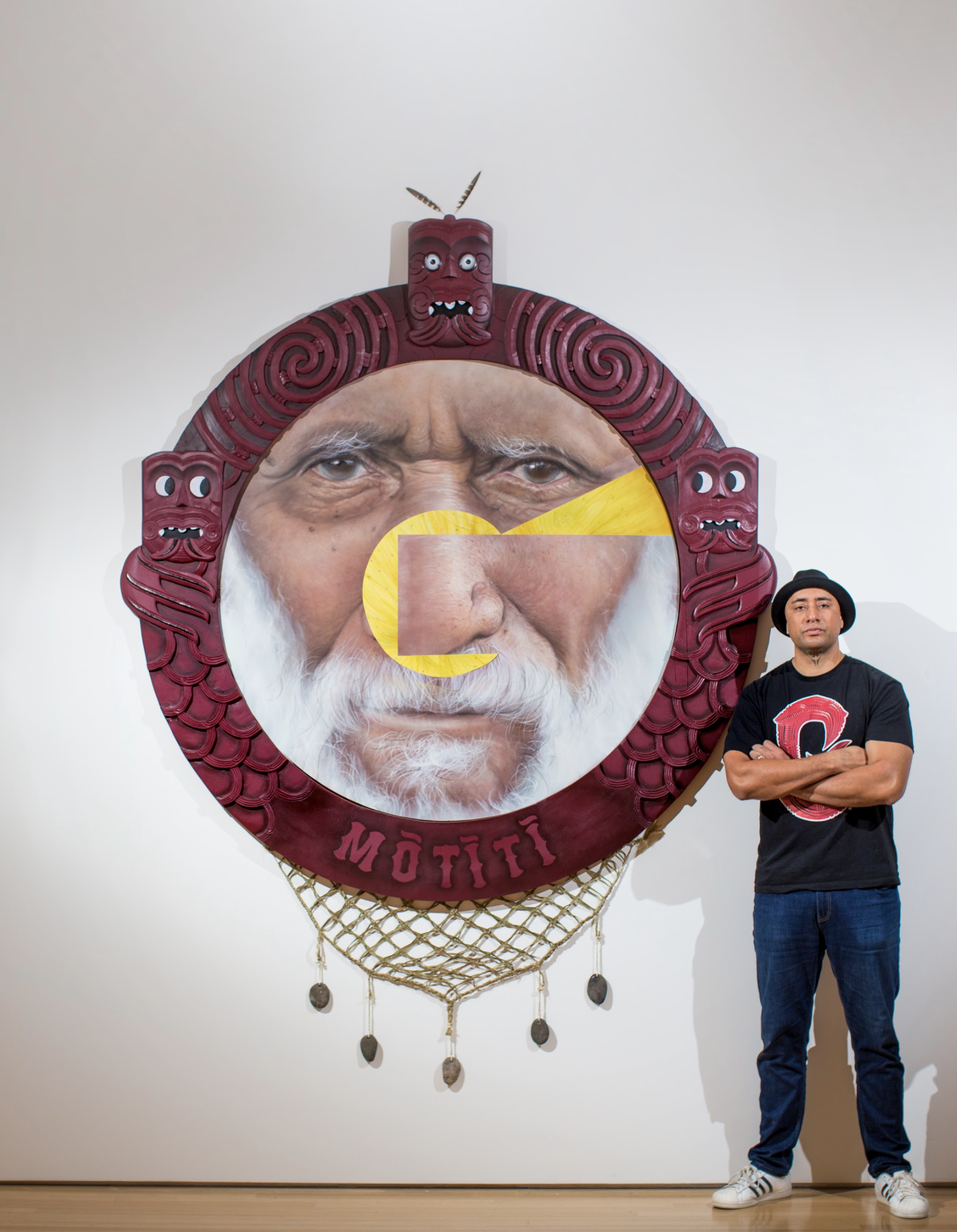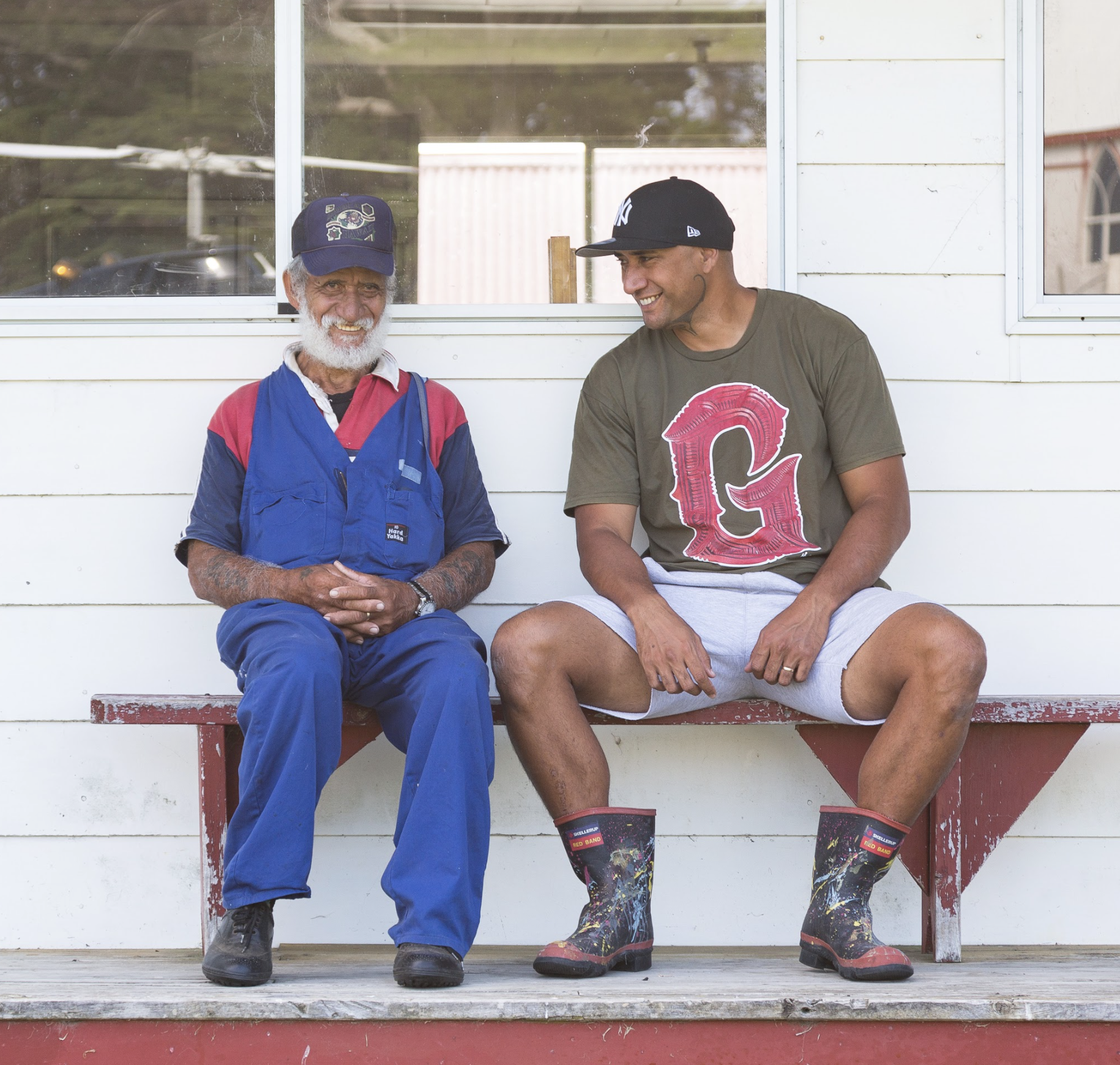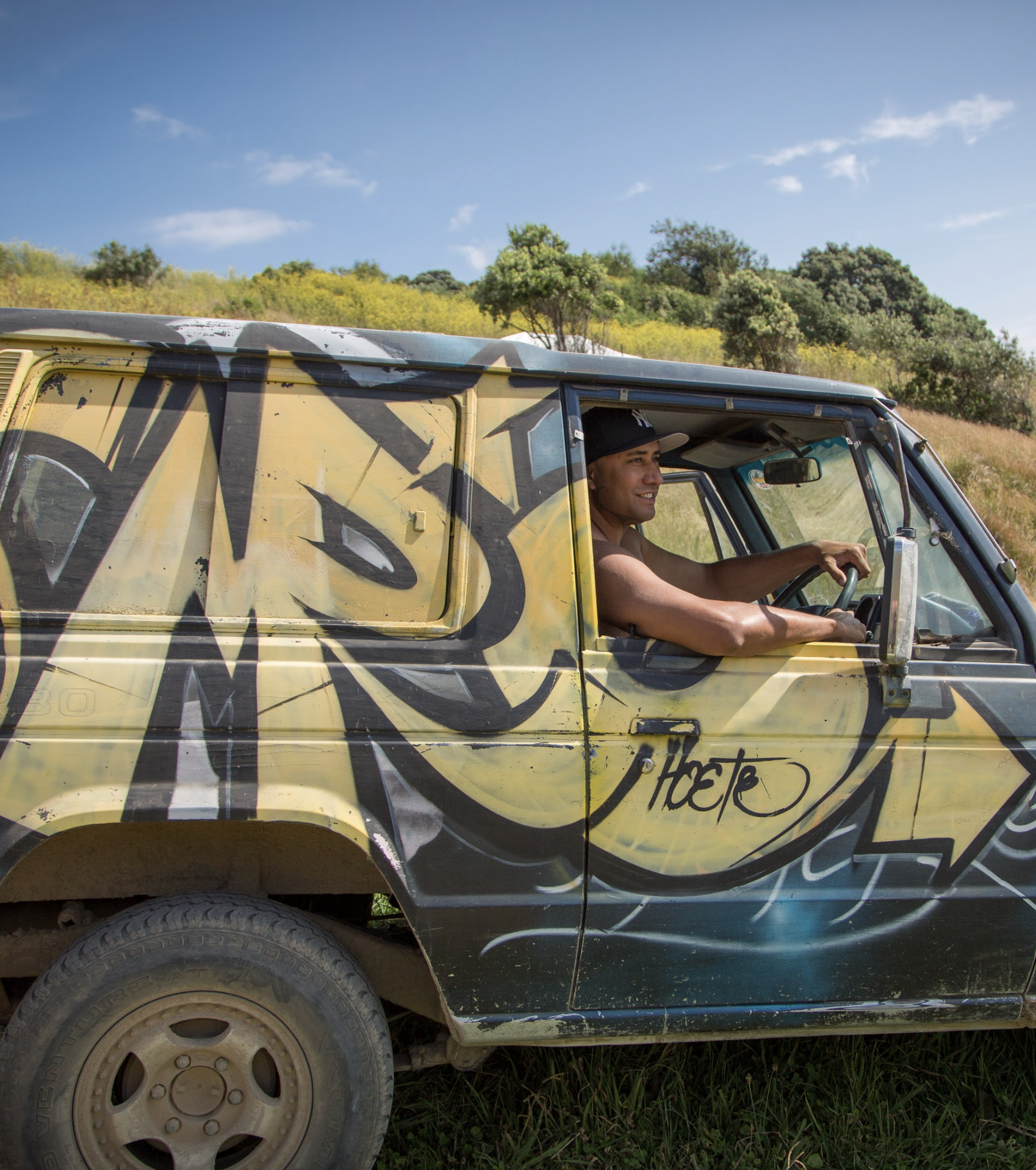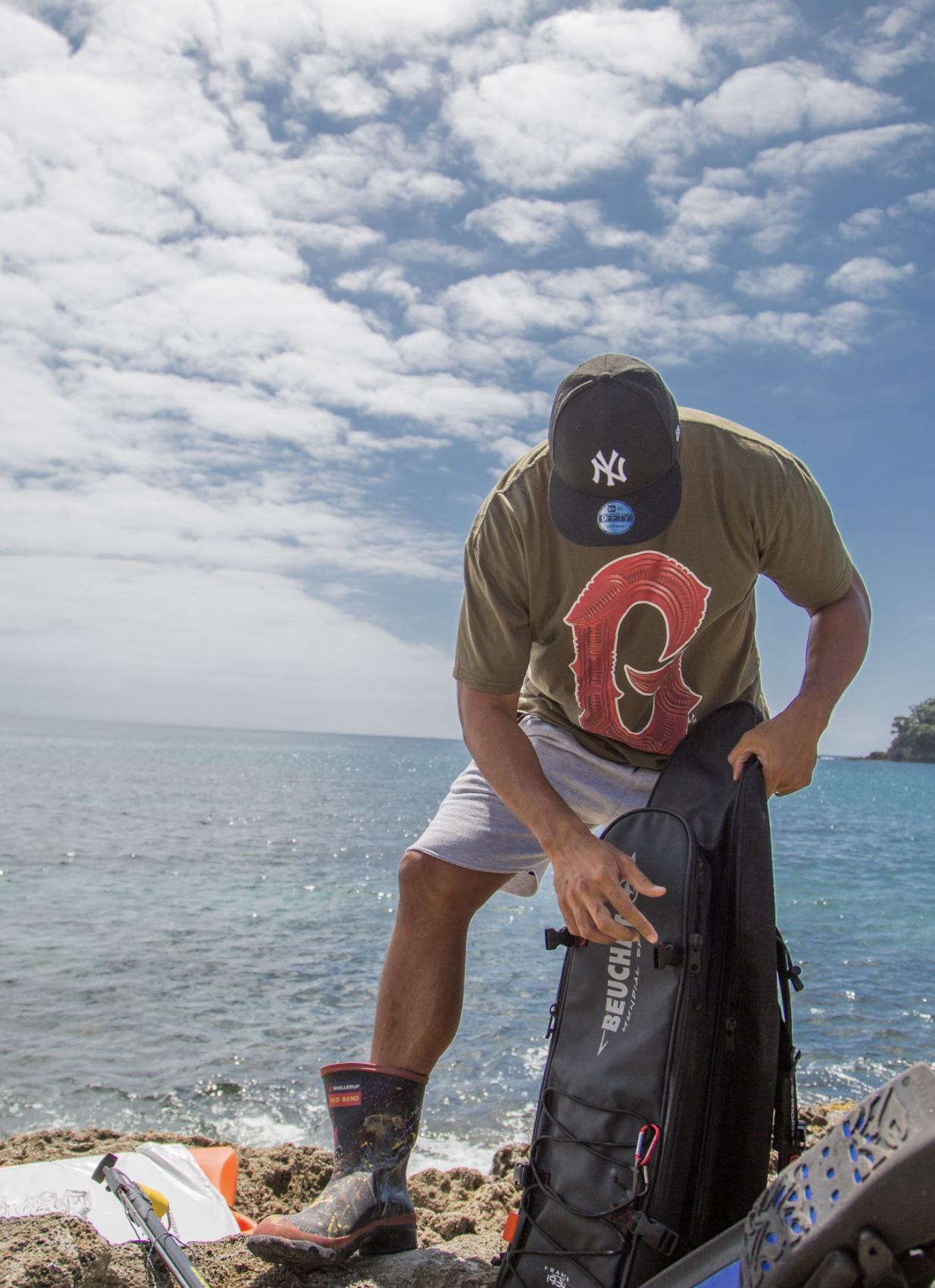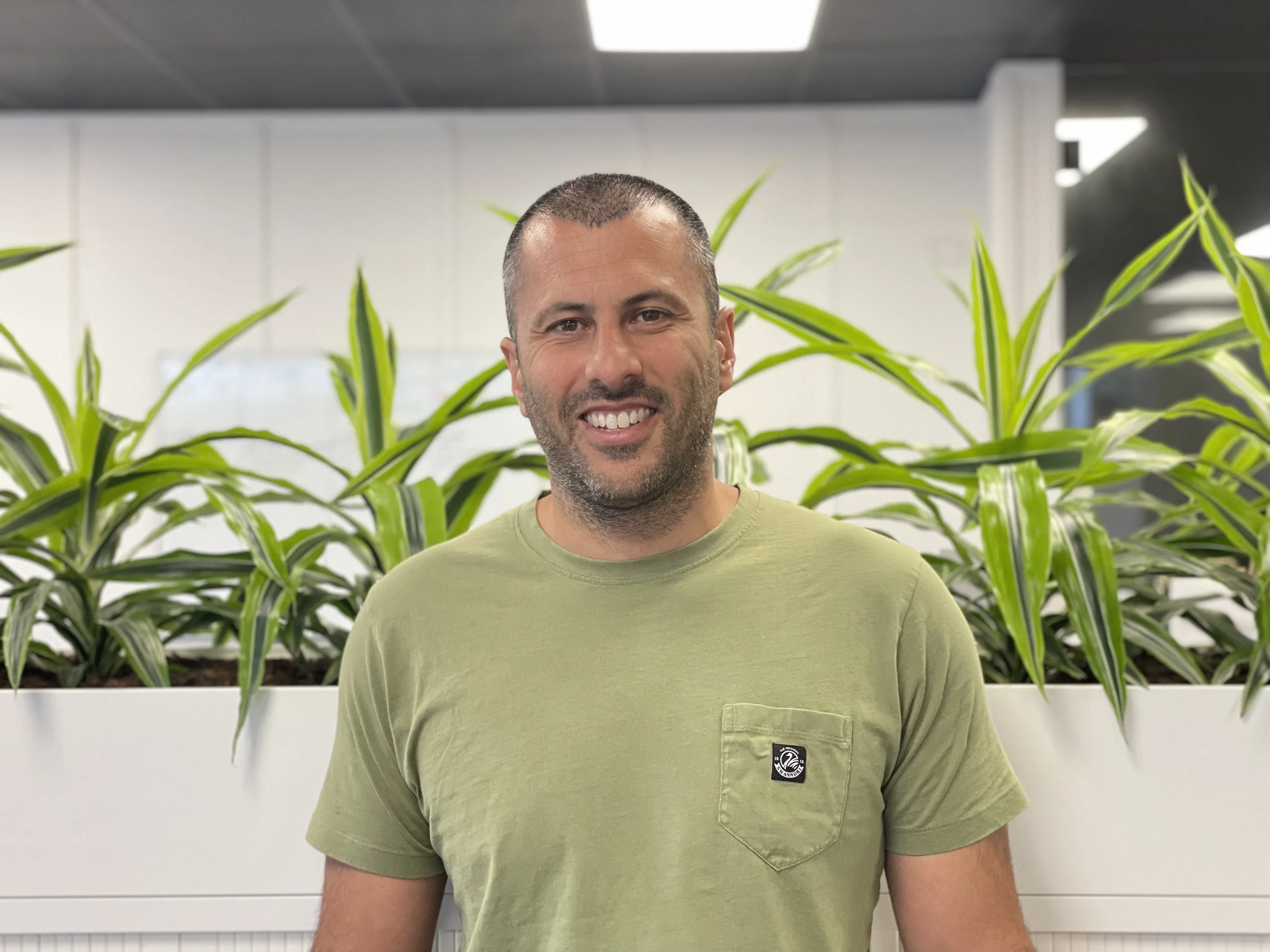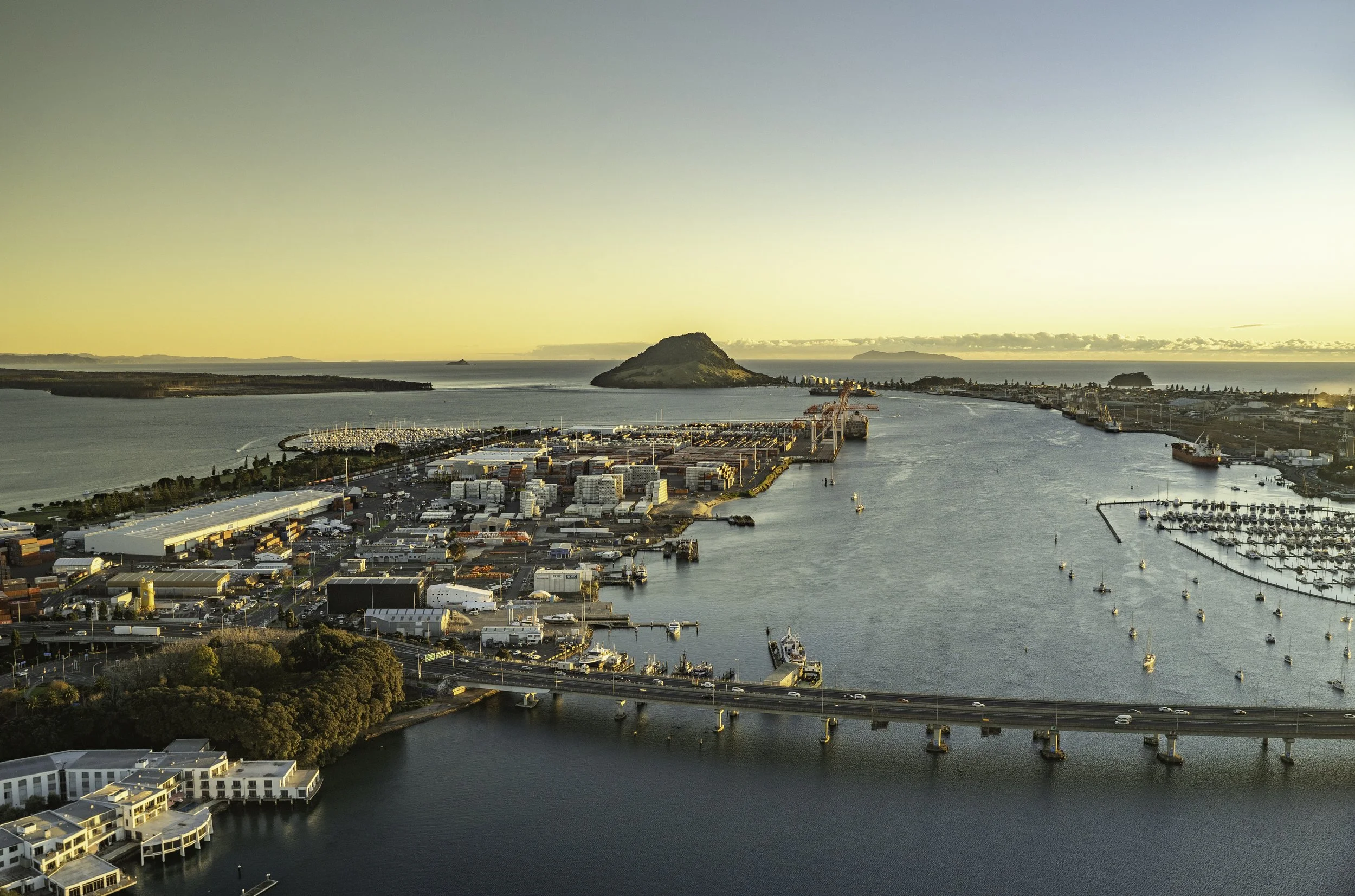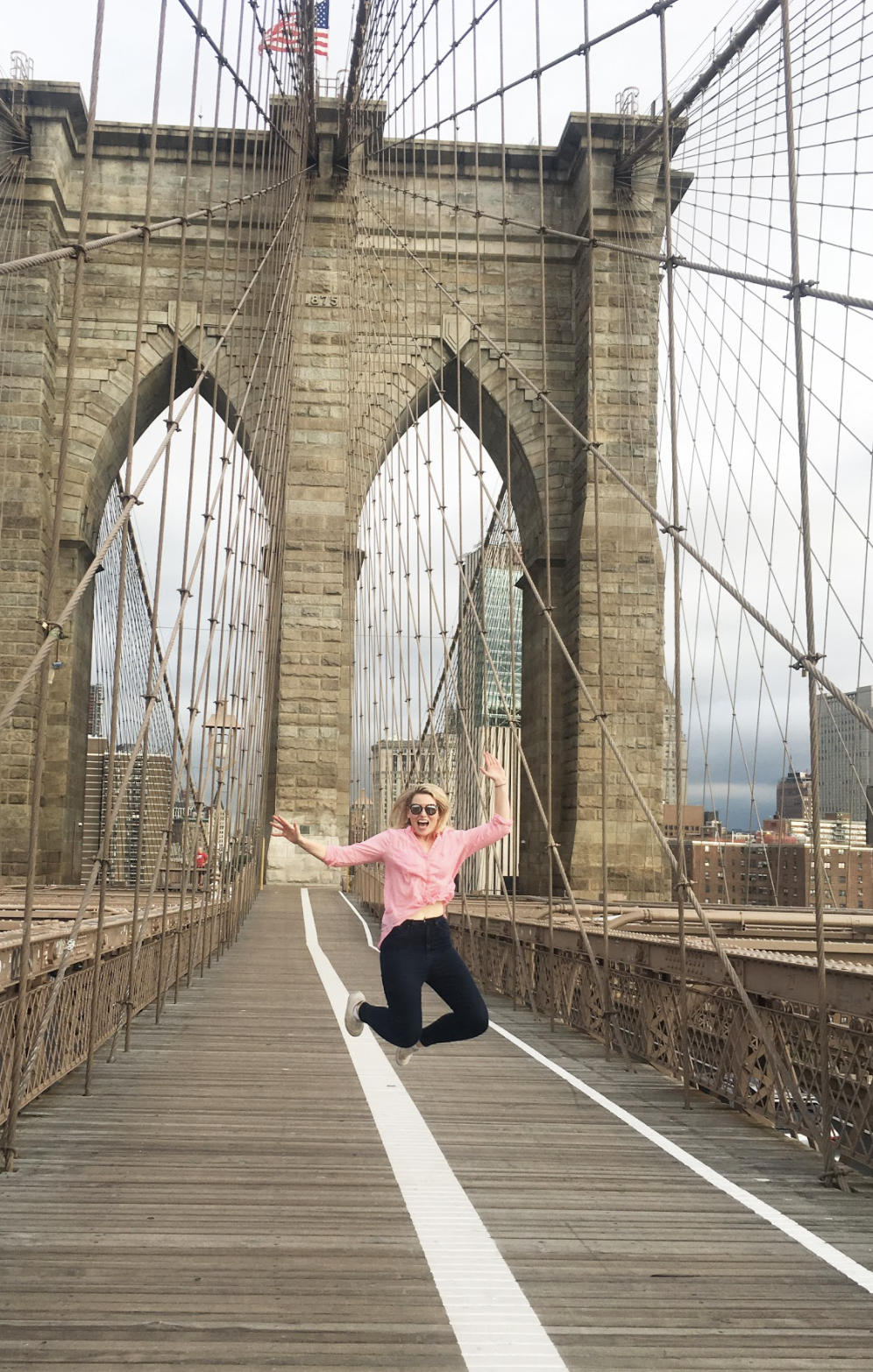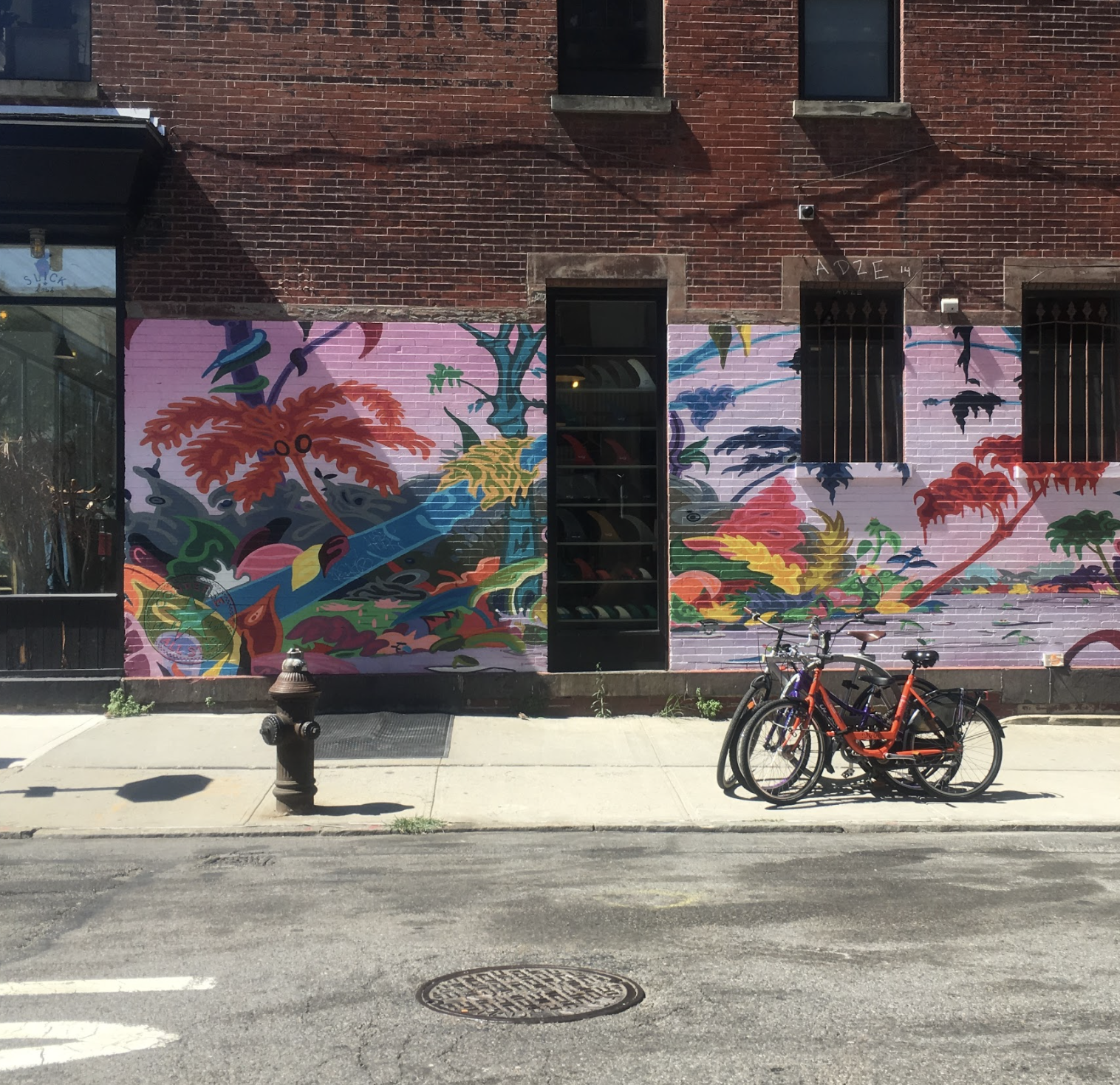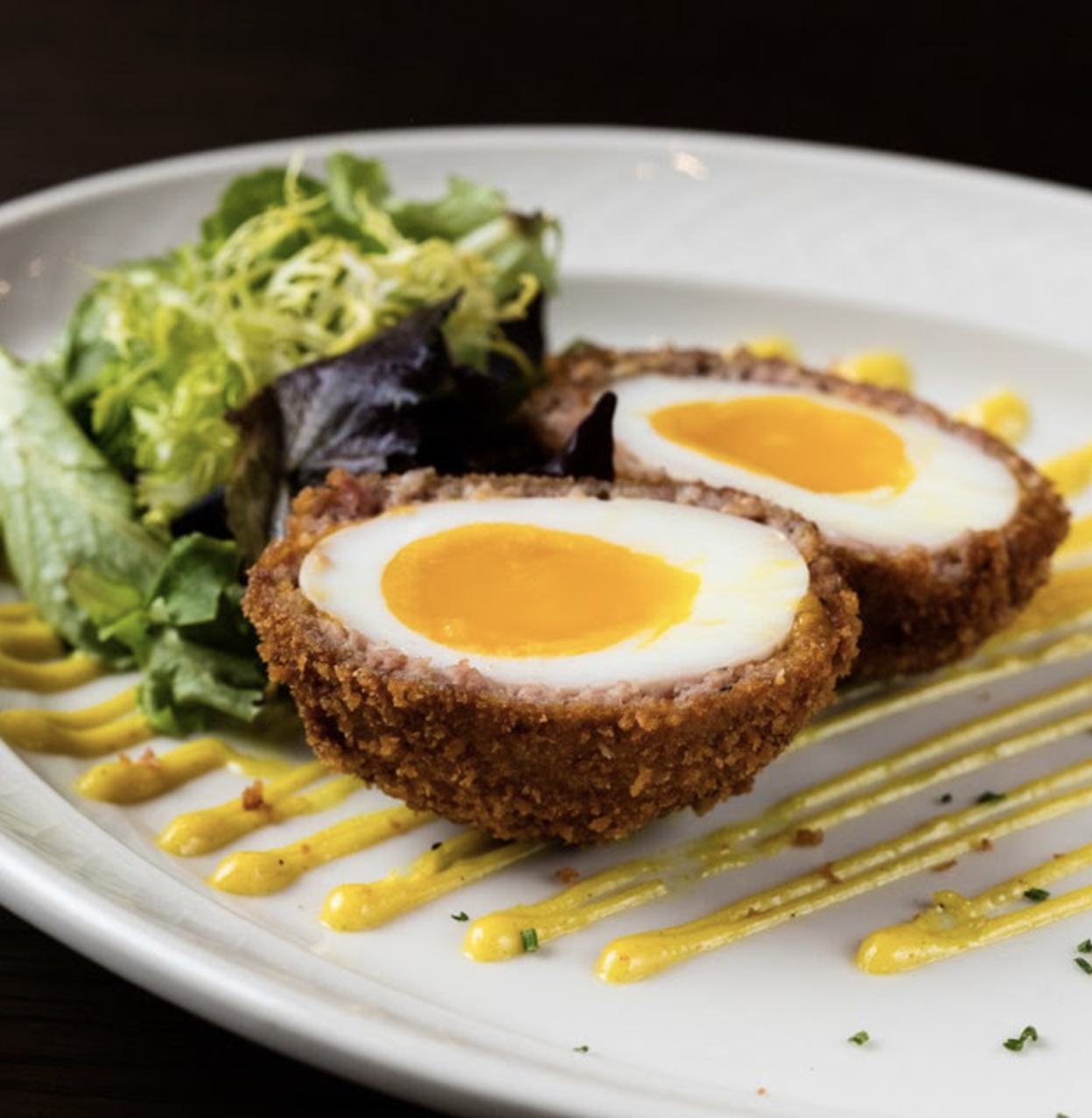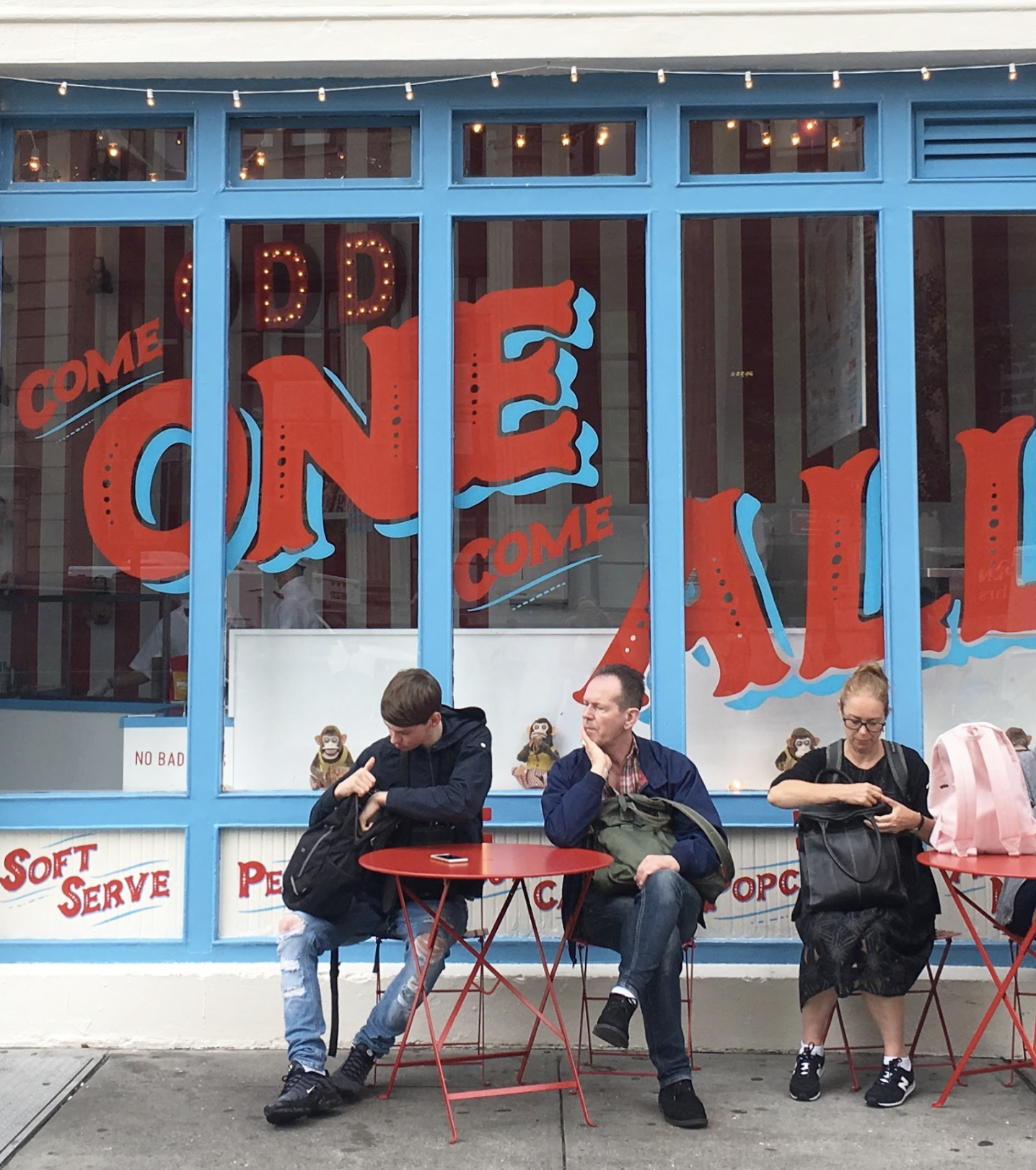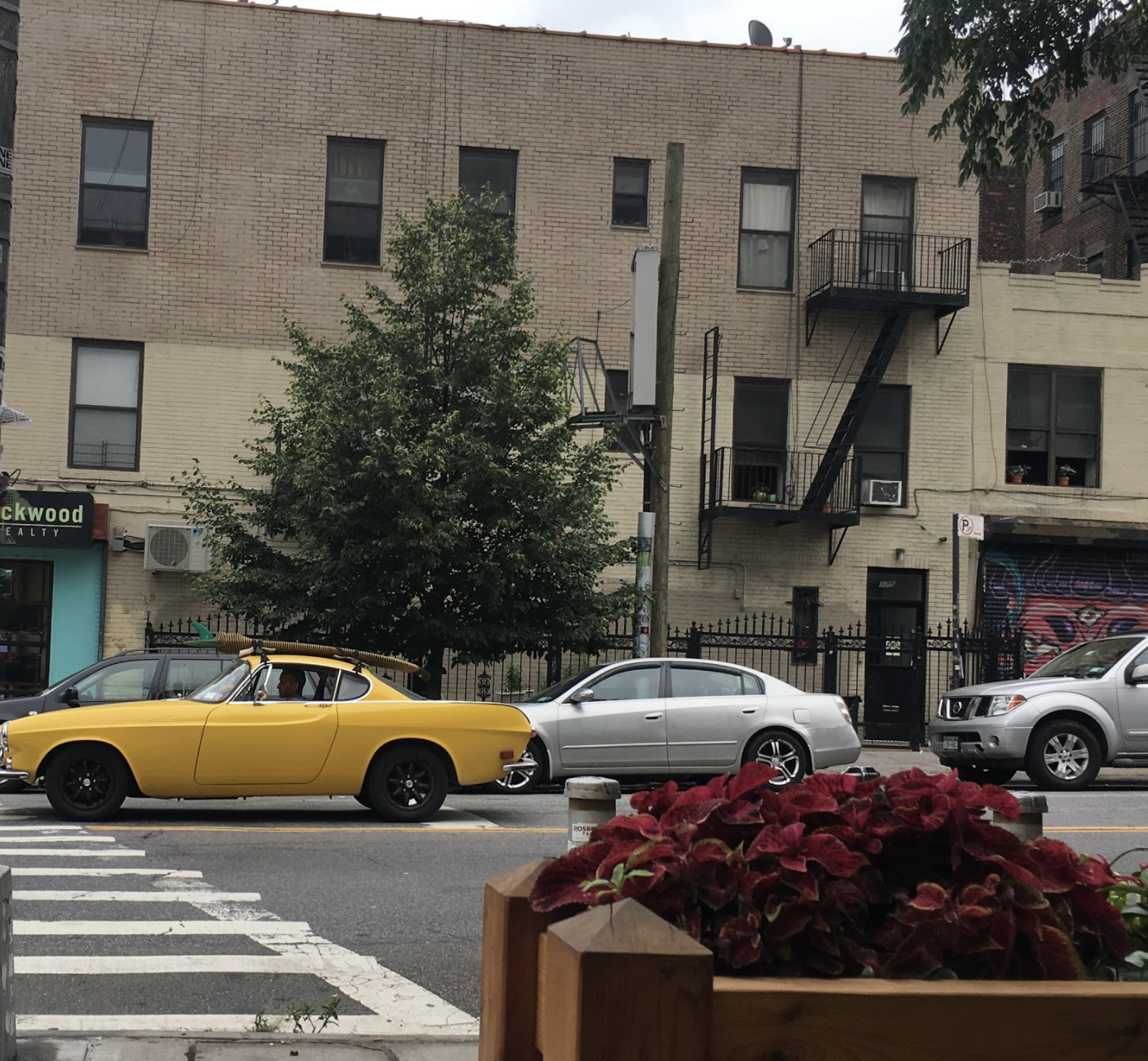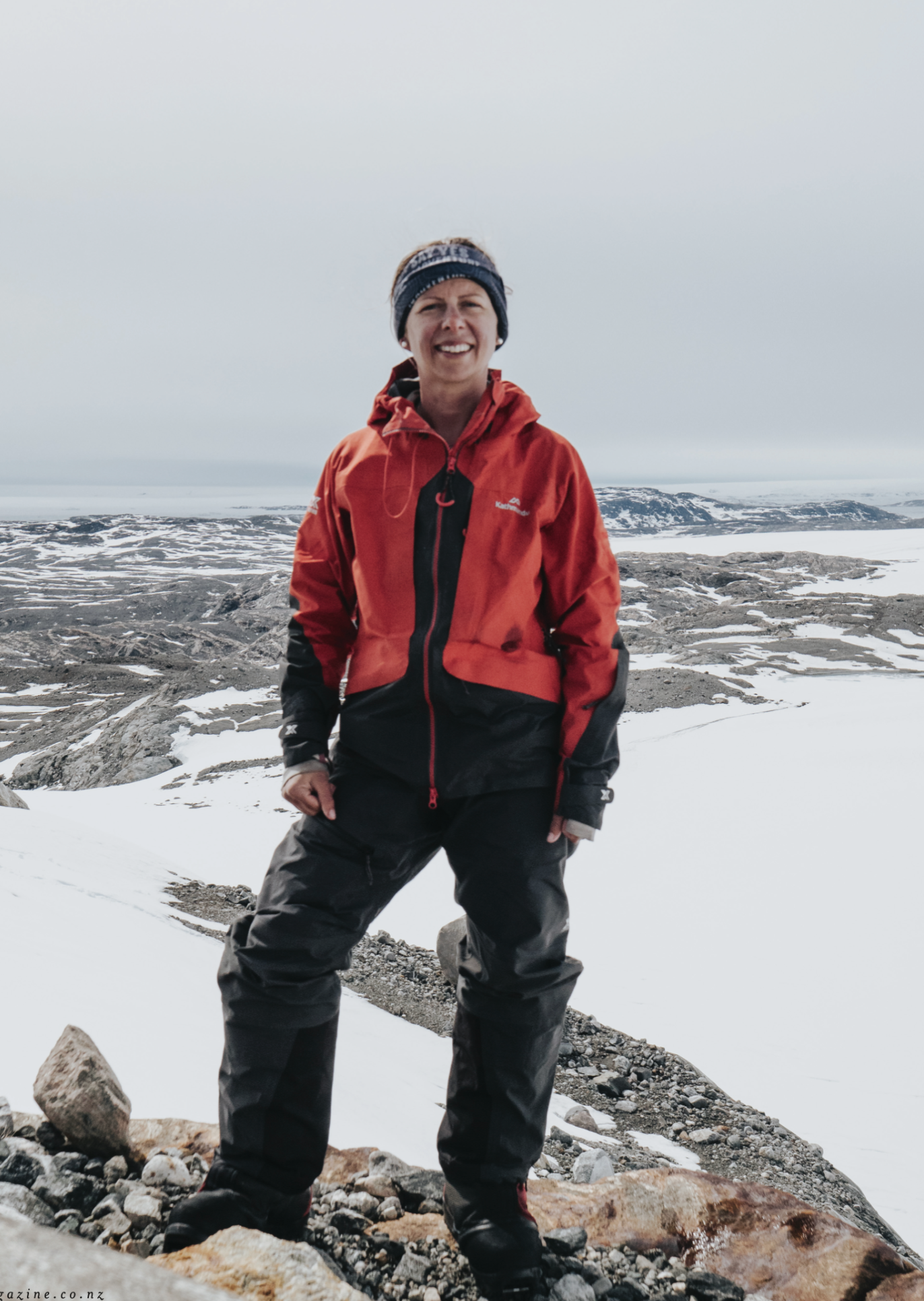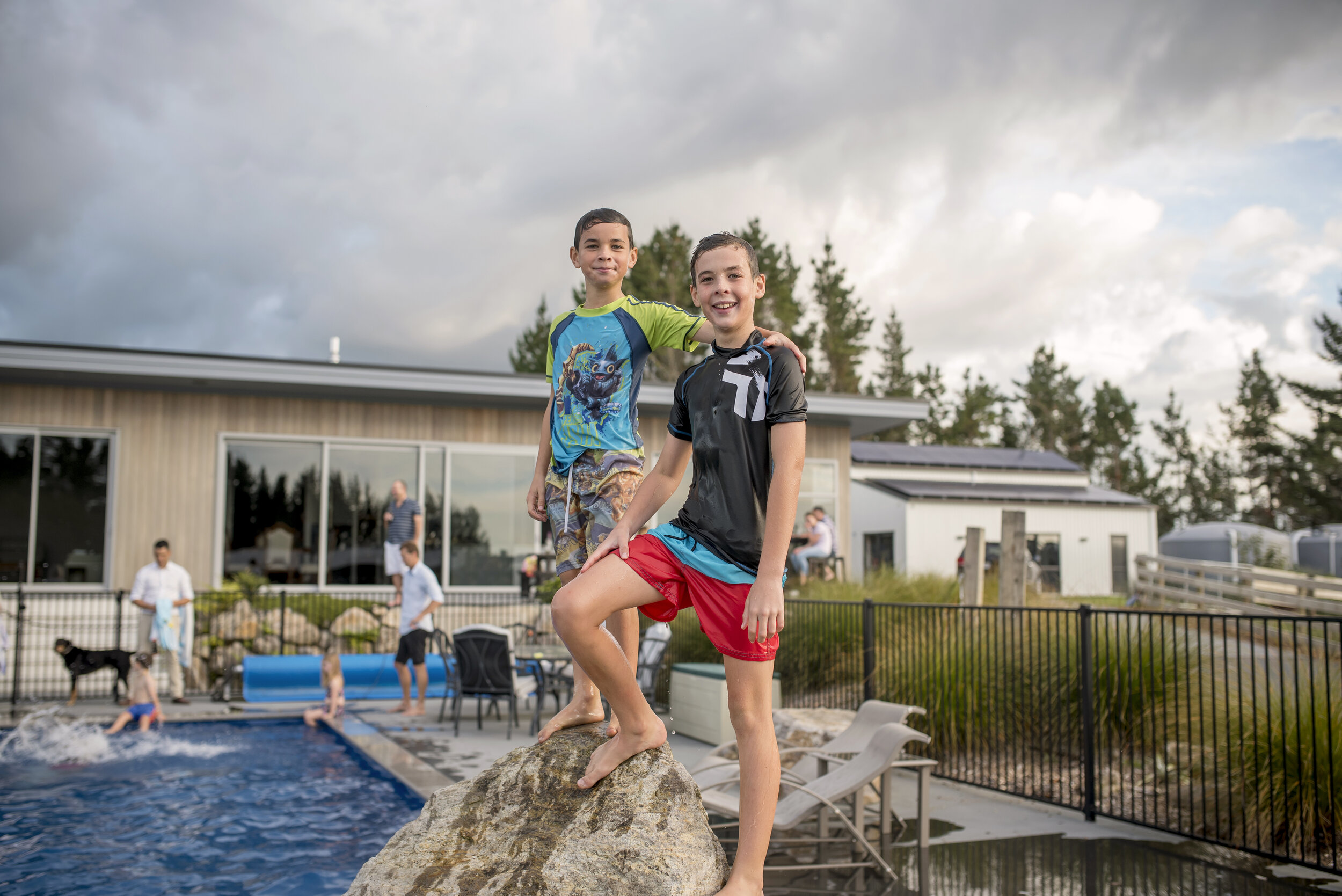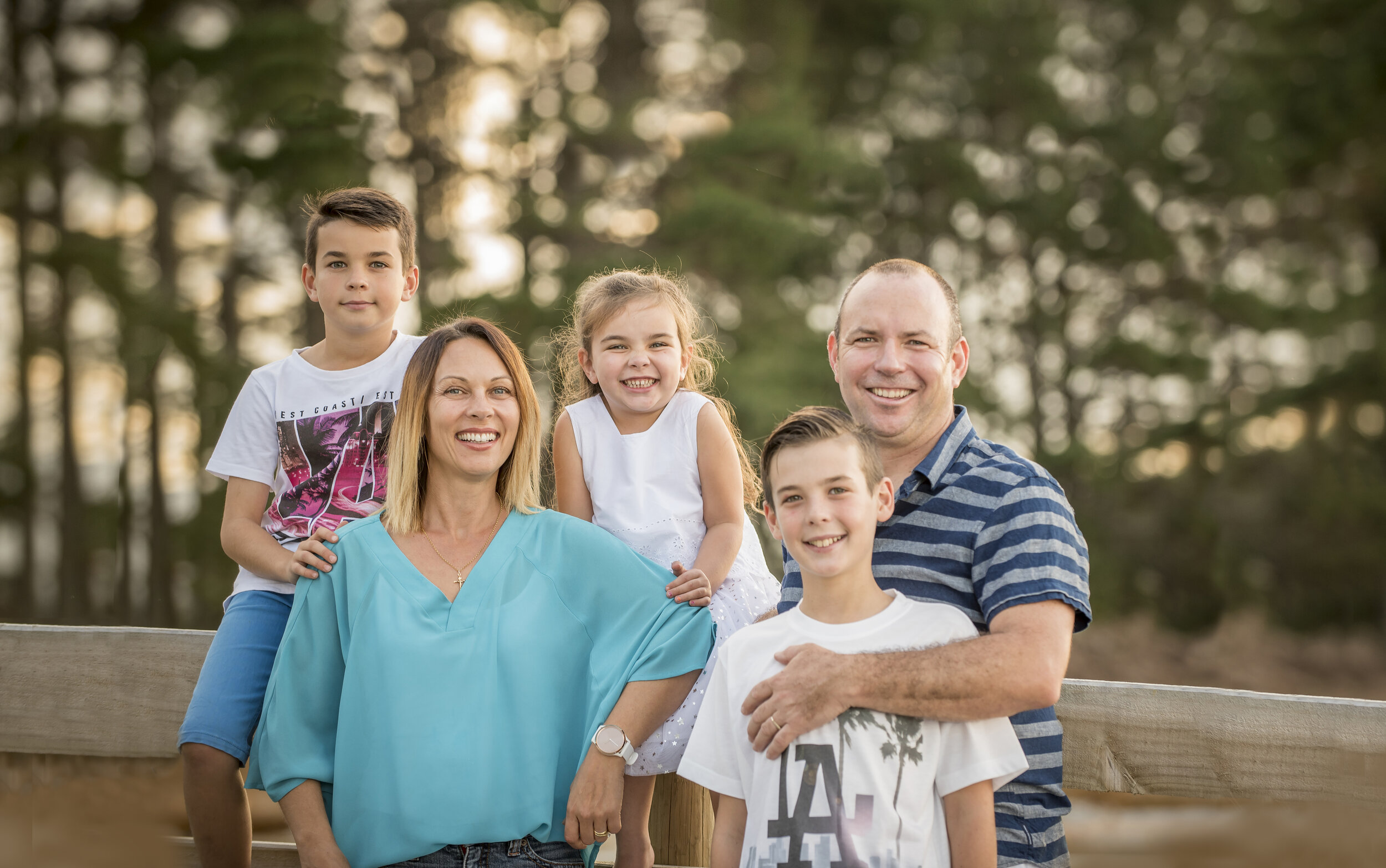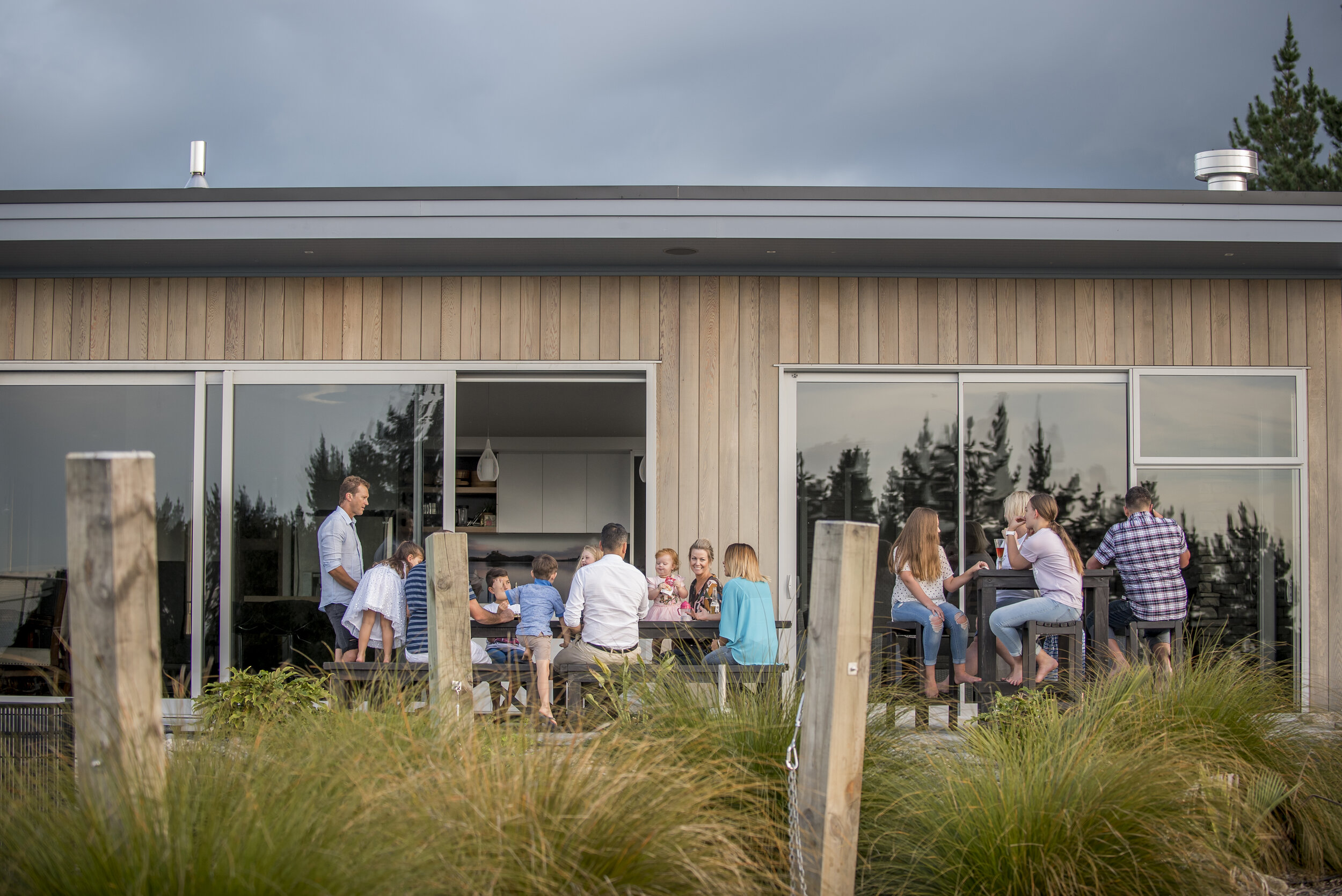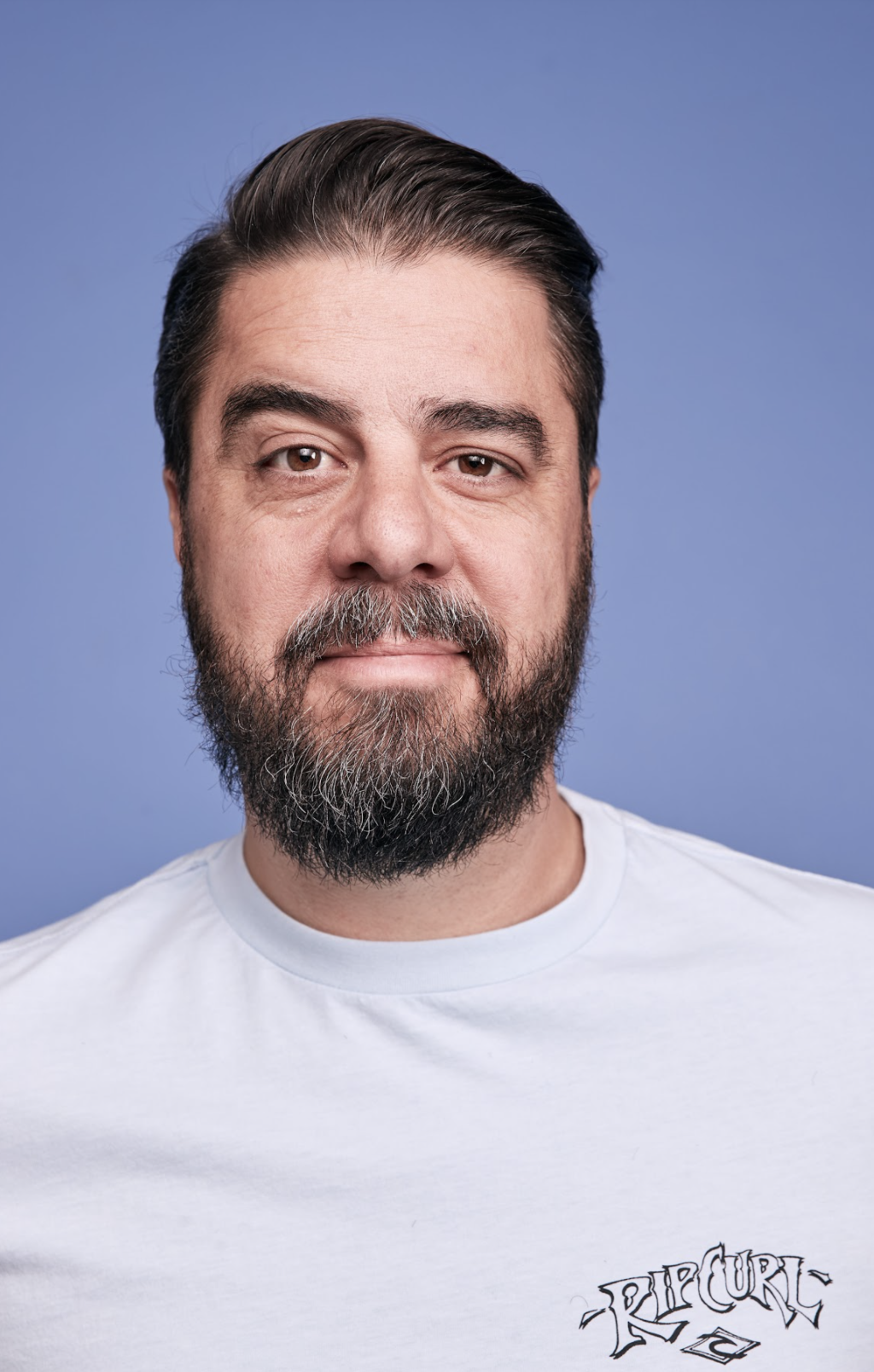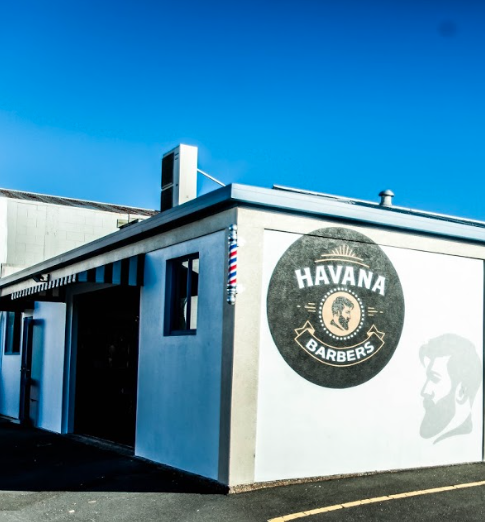Mr G: capturing and connecting with whakapapa through art
"I respect the portraits that Goldie and Lindauer painted, but what I have that they didn't is direct hononga to the culture, so I feel that puts me in the best possible place to be Māori portrait artist of the future. My plan is to do more portraits of Māori, sourcing materials where they are from, and telling stories of hononga to their whakapapa and homeland."
With his large-scale portraiture work proliferating around the globe, UNO discovers that it’s Graham Hoete’s deep connection to home that gives this artist’s pieces a depth that extends far beyond their physical size.
WORDS JENNY RUDD / PHOTOS QUINN O'CONNELL
"Let me talk you through this portrait of my dad," says Mr G, showing me a photo on his phone. I'm having dinner with UNO publisher Mat and artist Graham Hoete, “Mr G”, in Izakai at Bayfair in the Mount. There's quite a bit going on around us in the busy restaurant as they serve a five-course degustation but, at our table, all I can hear is Graham's euphonious voice as the future of Māori portraiture explains why hononga [connection] to the art he's creating has become his true north.
Graham is best known for his large-scale spray paint murals. I wonder how far afield his art can be found and discover a video online of him in an All Blacks shirt and a kilt, painting a mural of his ancestor, John Alfred Borrowdale Murray, onto a wall of the oldest building in the village of Moffat, Scotland, where John Alfred was born. "I wanted to pay tribute to my Scottish three-times great-grandfather on behalf of all the Murray whanau in Aotearoa who are descended from him," says Graham. If you keep looking online, you'll find more celebratory photos unveiling Mr G murals across the world, most of which are portraits.
His current artistic focus plays a film in my head, starting with Graham in front of huge crowds – like the one where he unveiled an eight-metre mural of Prince in Minnesota – running backwards to New Zealand, then Bay of Plenty, then finally to the tiny island of Mōtītī where he grew up and, before him, his father. Home.
Graham is putting together pieces for an exhibition called Home to be shown at Tauranga Art Gallery from November 9, 2019. Graham and photographer Quinn O'Connell flew to Mōtītī to take photos that show the importance of his hononga to home.
It's easy to underestimate the everyday things that are so precious to us. Quinn's photo of jars of preserved peaches sitting on a stove resonated with Graham. "To someone else, it's just fruit and glass but, in the context of my life, it's so much more. It's a symbol of home. I felt the deepest of hononga when I saw those peaches. And it won't last forever as, one day, my mum won't be here to make them, and someone else will be in this house, using this stove."
That takes us back to the portrait he's showing me on his phone. "I'm going to talk you through every aspect," he says. "You will see and feel something else when you understand the context."
"Portraiture isn't just about painting a face, it's about representing a person and all they are connected to."
Every element in the multidisciplinary portrait has some kind of hononga to Graham's father. Photorealism, spray-painting, whakairo [wood carving], sculpting, weaving, fabrication; each has its role in connecting Graham's dad to his past, his whakapapa [genealogy], whenua [land], and to the artist, his son.
"Portraiture isn't just about painting a face, it's about representing a person and all they are connected to." And in this, the first in the series, the artist is part of the story; the bloodline is the ultimate connection. The next day we meet in Graham's Papamoa studio, where I can see, touch and feel it all.
Capturing a father’s spirit
Graham's dad grew up on Mōtītī Island. The islanders grew maize and spent time in the ocean. "He's a hardy, gruff, old school kind of guy," says Graham. As the kaumātua at the marae, he introduces himself by saying,
Ka tangi te titi
Ka tangi te manu
Ko te manu ko te karoro
ko te karoro ko kere am e Hoete
"He's saying he's a black-backed seagull. The first time I heard him say these poetic and soulful words, I was blown away. It was true, too, as that's what we would have seen all the time while he was working in the fields or on the beach. And, when I see the birds from Papamoa where I live, I feel hononga to my Dad."
Painting the face
"I chose to spray-paint the face because it represents the hononga to my artistic journey. Using spray-paint to convey this level of detail isn't easy, and I really went steroids on the photorealism. It helped not having the time constraints that I usually have on a mural.
"Photorealism has an amazing ability to engage and attract people. It's universal. They always buzz out saying, 'Oh, it's so real, look at the lines on the face!' It draws everyone in, no matter their background. You then have their attention to look at the context of the image through the visual storytelling around the frame.
"It's not a traditional head-and-shoulders portrait. The face is pushed forward because I wanted to focus on his eyes, the most engaging component of a portrait. He's always had a great weathered, journeyed look which is well-suited to a portrait. I maximised every detail.
The yellow G
"In the centre of the portrait there's a yellow portion. That's a zoomed-in painting of the yellow pōhutukawa flower. These yellow trees were discovered on Mōtītī Island in 1814, and they are the symbol of the islanders who'll be reminded of home every time they see the bright flower. There are only two of the trees left on the island and one of them's outside my dad's house. The G symbol will continue throughout this portrait series."
The frame
The face has a beautiful aesthetic and spray-painting has a modern, edgy, street feel to it. That contemporary discipline has been fused with whakairo, the ancient art of Māori storytelling through wood carving. The frame tells the story of the central portrait. The wood is a blend of kauri and matai, and it's extremely heavy. It took three people to lift it onto the wall at the gallery for the photoshoot. The physical weight and density of the wood gives heft to its role in the portrait – to solidify and make tangible the histories and stories of Graham's father, his tribe, his home.
"I have always wanted to learn how to carve. I used to live with one of my uncles, he was a master carver in the traditional style. Its purpose is to tell each tribe who they are and show their cultural identity visually. The history of a tribe is told through carvings to future generations.
"About a year ago, I started to learn how to carve, and I'm lucky to be learning from one of the best Māori carvers in the world, Todd Couper. He's just a real Jedi when it comes to whakairo. I was walking up Papamoa Hills one day and he was walking down. He called out, ' Hey, Mr G!', and, from then on, we became friends. His work is exquisite. He's an exceptional perfectionist, and shows his work around the world. He lives in Papamoa, so we see each other most days.
The kupenga
Each marae has a theme which connects the local iwi, hapū and whanau to their ancestry and story. In Tamatea ki te Huatahi marae, which is the main marae on Mōtītī Island, the kupenga [fishing net] plays a central role in its interior storytelling. There are carvings on the pillars as you enter the marae and references throughout the buildings. The curved shapes on the bottom left and right of the frame echo the kupenga hanging below the fame.
“I feel very connected to my dad through his sea-venturing stories, especially through my own love of the moana."
"It shows the connection to the moana [sea] and that lifestyle. My mum and a few of my aunties still go diving for kina and pāua. It's not often you see groups of ladies my mum's age going diving! They are legends.
"There's strong hononga with this element of the portrait. The kupenga has been woven by my sister. She went and collected harakeke [flax] from Mōtītī, and the sinker stones are from Tumu Bay on the island too.
"When my dad was young he used to take me out diving. I loved watching him and my uncles spear fish with a Hawaiian sling. They were graceful, like the fish they swam after. As a young guy, I was inspired to watch them. Many people never get to go diving but, to them, it's second nature. Dad and Uncle Patu used to have competitions to see how many fish they could catch, as kids. They'd make their own spear guns out of poles and bits of rubber and spear blue maomao then thread them and trail them around as they fished. I feel very connected to my dad through his sea-venturing stories, especially through my own love of the moana."
The carved heads
As we move through the portrait, it's clear that the role of the sea is absolutely central to Graham's dad's life as an islander. The two faces on the left and right are based on the amo [posts] outside the marae.
At first glance, the eyes which look inwards at the portrait appear cartoonish. But Graham explains they've been painted to represent maramataka [the lunar cycle], and the waxing and waning crescents of the moon around which island life is based. The phases of the moon affect the tides, when to fish and when to plant crops. The economy and lifestyle of the island is centred around the moon. Mōtītī is so small, but all life upon it is driven by cycles way bigger than any of us.
The double tongues on the faces are common in Māori portraits. And there are various different meanings. Te Kau wae wai runga, Te Kau wae raro refers to the celestial and terrestrial language we use, but it can also refer to how you speak to people inside and outside the marae. Protocol is a big part of Māori culture, especially on the marae ātea [open area in front of the meeting house]. The two tongues can also represent division and deception. You'll often see the double-tongue depiction on maraes on the east coast in the Bay of Plenty, towards Whakatāne."
A closer look reveals many elements of traditional whakairo in the faces with their own inherent meanings. The little notches or taratara ā kae along the tongues represent food
and eating, and the pattern above the mouth is called pākati and is one of the main surface
patterns of whakairo.
"And at the top of the portrait is kōruru, which represents the main ancestor of his marae, Tamatea ki te huatahi. It's the same face that presides over our marae and is the symbol of our tribe and so it's fitting that he does the same job over the portrait of my dad."
The future
Learning about Graham's portrait has opened up discussions about how we relate to each others' cultures and what we can all do to stay respectful. And what's happening to Māori culture in its home, New Zealand, and how we can keep its roots watered and well.
Later this year, Graham and his wife Millie are travelling to Art Basel in Miami – one of the world's biggest and most prestigious exhibitions of modern and contemporary art – to see what place in the world his series of portraits could hold.
Graham believes his portraits are unique and are the future of Māori portraiture. "I respect the portraits that Goldie and Lindauer painted, but what I have that they didn't is direct hononga to the culture, so I feel that puts me in the best possible place to be Māori portrait artist of the future. I have a commision for a lady in Hamilton after she saw my father's [portrait]. My plan is to do more portraits of Māori, sourcing materials where they are from, and telling stories of hononga to their whakapapa and homeland."
When you go to the Home exhibition, you are now able to stand in front of this magnificent portrait and know the connection of this man to the life he has led.
Home Exhibition
Tauranga Art Gallery
9 November 2019 - 9 February 2020
hapū (ha-poo)
sub-tribe, clan a number of whanau (families) make up a hapu, usually from the same ancestor. A group of hapu make up an iwi.
harakeke (ha-ra-kee-kee)
flax
hononga (hoh-nung-uh)
connection
kaumātua (koe-mar-to-ah)
tribal elder
korero (koh-re-roo)
black-backed seagull
koruru (koh-roo-roo)
carved faced on gable at the marae
kupenga (koo-pen-nga)
fishing net
manu (ma-noo)
bird
marae (muh-rye)
meeting house
marae atea (muh-rye ah-tee-uh)
flat piece of land in front of the wharenui
maramataka (mah-ra-ma-ta-ka)
lunar calendar
moana (moh-ah-nah)
sea
takarangi (ta-ka-ran-gee)
the heavenly realm
taonga (tah-ong-ah)
possessions
whakairo (fuh-ky-roh)
Maori carving
whakapapa (fuh-kuh-papa)
genealogy
whanau (fah-noe)
family
wharenui (fa-re-noo-ee)
the main building at the marae
whenua (fen-ooa)
land
The Framer
Looking around, there are stacks of pieces - paintings, prints and photographs, each waiting for the right casing to bind them and make them wall-ready. Danny boasts some of the best machinery in town, including an ancient looking guillotine; apparently it’s one of a kind.
WORDS TALIA WALDEGRAVE PHOTOS TRACIE HEASMAN
Ten years ago, Danny Redwood was admitted to hospital on a Friday afternoon and told “If you are alive on Monday, we’ll start chemo.”
Before that cheery conversation, Danny had been working on his family’s farm, and ignoring the signs that his body was finding the relentless, menial toil, tough. He was neglecting creativity and became very, very sick. “I was working harder, not smarter, and had become increasingly run down for months. When I couldn't lift my arms above my head, I knew something was seriously wrong.
It was his mother Barbara who eventually encouraged him to go to the doctor. Barbara recalls “Looking at Danny next to his brother, his skin looked a ghostly grey. I had to plead with him to see someone.”
Danny says “My blood cells were completely out of whack and although I had been given the all clear for cancer a couple of weeks earlier, in a short space of time. I’d developed the early signs of acute lymphoblastic cancer, an incredibly rare form of leukemia in adults.”
“I needed a bone marrow transplant. Thankfully, my brother James was a perfect match. He is my only blood sibling so the odds of him being a match were pretty slim. In fact, I met someone else in the same boat as me - he had eight siblings - and none were a match.”
“The recovery was brutally intense but as soon as I was strong enough, I picked up a paintbrush. I now know everyone needs to have a creative outlet. It’s so important for our mental health.”
Ten years on, and an herculean recovery later, I meet Danny at work, Artisan Framing and Plaques, in the Chapel Street shopping centre in Tauranga.
"I love being an artist, but it's not always sustainable financially, so I wanted to do something that incorporated what I love to make a living. Being an artist puts me in a great position as a framer."
"I bought this business because it had a great, long-standing reputation. I then moved into this space because I wanted to have room to exhibit work from local artists. We’ve got so many great artists in Tauranga, but we are limited as to where they can showcase that work."
Looking around, there are stacks of pieces - paintings, prints and photographs, each waiting for the right casing to bind them and make them wall-ready. Danny boasts some of the best machinery in town, including an ancient looking guillotine; apparently it’s one of a kind.
Being someone who loves and appreciates art, Danny uses the very best stock, top quality fastenings and mountings for all his frames. “My machinery enables me to provide conservation framing. It’s a very high level of framing, which displays an artist’s work in the best way possible, lasts longer and galleries will far more seriously. It’s also about preserving family memories and making them shine in just the right way.”
It’s clear Danny’s experience has given him a mental calmness and clarity which extends to his work, giving life to the many beautiful prints and paintings he is tasked with preserving.
UNO Drives: the Bentley Bentayga
When Ettore Bugatti described the 1924 Le-Mans-winning Bentley 3-litre as ‘the world's fastest lorry’, he was trying to insult its winning durability. If only he knew what was in store nearly a century later. Driving the Bentayga down to Mount Maunganui from Auckland, there was nothing remotely lorry or truck-like about Bentley's foray into the SUV market.
Shaun Summerfield is a proper boy. He spent 17 years as a journalist, covering world cups and epic motor races across the world for Newshub. After a job of adrenaline-fuelled deadlines, Shaun is now the general manager of marketing and communications at the Giltrap Group. It's a role the suave petrolhead describes as, "Close to perfect: surrounded by some of the best cars on the planet and working for a family-owned company." He brings a brand new Bentley down to The Mount. It was a slower photoshoot than usual: the Bentayga certainly draws a crowd.
WORDS SHAUN SUMMERFIELD PHOTOS GRAEME MURRAY
When Ettore Bugatti described the 1924 Le-Mans-winning Bentley 3-litre as ‘the world's fastest lorry’, he was trying to insult its winning durability. If only he knew what was in store nearly a century later. Driving the Bentayga down to Mount Maunganui from Auckland, there was nothing remotely lorry or truck-like about Bentley's foray into the SUV market. Neither Signore Bugatti nor W.O. Bentley, I suspect, would ever have imagined the ‘Flying B’ adorning a diesel-powered SUV. Still, had they seen the numbers, they would have been impressed. My favourite is 48 – as in the 48-volt electrical system that provides the spark for two of the Bentayga diesel's most impressive features.
The first is ‘triple-charging’. Two mechanical, twin-scroll turbochargers are uniquely boosted by an electrically driven compressor, that third unit banishing turbo lag, meaning 900Nm of torque is delivered from 1000rpm. That means being able to virtually idle up the boat ramp at Sulphur Point, even hauling a Rayglass 2350 out of the water.
Fastest and most-refined
I never thought I'd be describing a Bentley as a great towing car. But the automotive world is changing fast, and Bentley are changing with it. Despite the sight of the never-seen-before-on-a-Bentley warning sticker on the filler cap, the Bentayga is as Bentley as any other automobile to come out of the Crewe factory.
It's the fastest and most refined diesel ever built, with a top speed of 270 kph. And most ‘Bentleyesque’ of all is the acceleration; despite weighing 2511 kg, the Bentayga dispatches 0 – 100 kph in 4.8 seconds.
That should take care of the diesel-perfumed elephant in the room, except to mention the other obvious upside: economy. This oil-burning Bentayga's official consumption figure is only 8 litres per 100 km.
More than a magic-carpet ride
One of the toughest challenges for this SUV is combining a magic-carpet ride with sporty handling. That's achieved with the second of those impressive Bentayga features – the Bentley Dynamic Ride (BDR) system.
Like the turbocharging, this system benefits from the 48-volt lithium-ion electrics. Even more than the engine boost, BDR is the Bentayga’s key to reproducing progress from the Bentley Continental GT in this SUV. Working together with the adjustable dampener system and air suspension, BDR controls the Bentayga’s roll bars, courtesy of electric motors that each produce 30% more grunt than the diesel engine (yes, really), helping the vehicle defy a few laws of physics and eliminate body roll.
All this technology operates in the background, almost silently, leaving passengers to enjoy the refined opulence that defines the brand. Bentley go to extraordinary lengths for their car interiors. There is simply nothing to fault inside this car. The most perfectly grained walnut comes from the root balls of old trees from California. The result is a wood grain you can’t stop looking at.
Incredible attention to detail
Only bulls from northern Europe are deemed worthy enough to supply the hides – 14 of them – needed to trim the Bentayga's interior, as they haven't been scarred by barbed wire. (It has to be bulls, not cows, so there are no stretch marks.) And the diamond-patterned seats take nearly a week of careful cross-stitching. You park your behind very gently indeed as you get in.
There is plenty of technology at hand, but it’s the trademark organ stops used to control the car's ventilation that sum up the Bentayga’s interior. They operate with a just-so level of resistance; all very old school, yet comfortably at home in Bentley's 'down-with-the-kids' SUV.
Like every Bentley, the Bentayga has a rather magnificent presence. But it's also a bona fide off-roader, and it's more capable than just about any other premium-luxury car. The suspension rises to offer 285 mm of ground clearance, with an official wading depth of 500 mm. Who'll be the first down that boat ramp at Sulphur Point to test it out? That pleasure will be yours, Team UNO.
auckland.bentleymotors.com
Summer in New York
We sent our creative director, Emma, to New York City to see what goes on in summertime in the Big Apple…
We sent our creative director, Emma, to New York City to see what goes on in summertime in the Big Apple…
WORDS + PHOTOS EMMA STADDON
Bon voyage!
Early morning rattle at the door… I’m not ready. “What do you really need anyway?” Jen and Mia run through the essentials: Passport? Yes. Wallet? Yes. A few clothes? Yes. Then IT’S TIME TO go to NEW YORK, BABY! Jen throws in some X-rated travel advice, and we embark on the 2-minute drive to Tauranga airport…
New York greeted me with a balmy heat. I fished out my sunnies and took a moment to acknowledge my new status as a tourist. I threw back a cold drink, then set to pounding the pavement with the rest of them. Here’s my NYC advice, after two weeks exploring one of the world’s greatest cities.
See
The Metropolitan Museum of Art: I came here after being underwhelmed at the clichéd and dull collections of the Museum of Modern Art. I’m so glad I did. Although the work is ancient, the selections are powerful, and perfectly curated, so you get the best from each piece. The Egyptian ruins encased in glass architecture were magical. I recommend ending your tour at The Cantor Roof Garden Bar, where you can sip a cold bevvy and soak up views of the Manhattan skyline. American Museum of Natural History: A place of true wonder and colossal dinosaurs!
Experience
A Yankees game: I’d never been to a baseball game. It was everything I love about cricket on a sunny day: beers, friendly chatter, and a cheer and a clap every now and then when something exciting happens. Sleep No More: I went to this immersive theatre experience based on Shakespeare’s Macbeth on a friend’s insistence. She said it was the best thing she’d ever seen and she’d refund my money if I didn’t enjoy it. Sold! You arrive at McKittrick Hotel to a film-noir setting, put on a white mask and make your way through dark rooms within the hotel, viewing snippets of the story whilst walking through gravel courtyards and dance halls. And you get to peer over actors’ shoulders as the drama unfolds. I didn’t need a refund. Sailing the Hudson: I missed the boat twice on this! Once because of the weather, and once because I’d wandered way off course, exploring on the other side of town. One for next time. The People: They were all sharp-minded, warm and animated. I was able to catch up with UNO favourite, Max Gimblett, for a spiritual chat on all things worth talking about and to preview his latest works: fresh, contemporary and lusty pieces of art that I’d love to own!
Stay
For easy city access, book The Hotel at Times Square: I came here on a train straight from the airport. In fact, I didn’t take a single cab during my whole stay. Just trains and walking. For longer stays, Airbnb it in Brooklyn: Leafy streets with a local neighbourhood vibe. I’m glad I booked the whole two-week stay here: it was so cheap! And I felt like a local, getting to know the café baristas, the family-run bodega, and kids on the corners. There were direct train lines to the city, and it was a chilled reprieve from the busy city hustle.
Eat / drink
Sunday in Brooklyn: The phenomenal hipster brunches were culinary genius. Pizza: It’s everywhere, hot, cheap and delicious. Balthazar: A beautiful, iconic brasserie with crisp, white linen and suave waiters. Surf Bar: An inner-city beach nook; drink margaritas with your toes in the sand! Fette Sau: The best BBQ beef ever (try the vinegar sauce), with sharing plates of meat, beans, slaw and bread, washed down with jugs of boutique beer in a dimly lit, garage-style pub. The Dead Rabbit (in Battery Park): Voted the world’s best bar, this hole-in-the-wall serves beers and plenty of chat with fellow bar propper-uppers – and a Scotch egg, par excellence. The Standard Plaza: It’s the ultimate swanky experience with pop-up garden-style bar, and with changing chefs, très cool. The Butcher’s Daughter: I ordered without seeing the ‘veggie slaughterhouse’ signs and had to return my vegan bacon. Loosie’s Café: espresso-style coffee for that morning fix.
Born ready
Mother, midwife and Instagram influencer Carmen Lett talks to UNO about her new venture, Hatched Online.
Mother, midwife and Instagram influencer Carmen Lett talks to UNO about her new venture, Hatched Online.
WORDS JENNY RUDD / PHOTOS RACHEL DOBBS
When you’re heavily pregnant with your first child, you want: 1) a baby handbook, and 2) to lie on the sofa. Knowing this, Carmen Lett, a midwife and the mother of four young children, has founded Hatched Online antenatal and parenting classes.
“As a midwife on the postnatal ward at Tauranga Hospital, I noticed a lot of parents coming through who didn’t know much about what happened straight after birth. I’d often find myself on the ward showing people how to change nappies or swaddle a baby to help them sleep, or teaching them what a newborn’s feeding pattern might be like or that babies are often wakeful on night two of their life. I realised that lots of these fundamentals weren’t being taught in antenatal classes.”
There’s nothing quite as shocking as realising you’re responsible for another person’s life. You’re sent on your merry way from the hospital with a tiny baby and not so much as a “Do you know what you’re doing with that?”; you’ve probably experienced more stringent checks when taking out a DVD at Blockbuster. After going through the most physically and emotionally intense time many of us will ever experience, you’re promoted with immediate effect to being in sole charge of someone who’s completely helpless, unable to feed themselves and can barely communicate their needs.
“Because first-time mums tend to do lots of research and antenatal classes cover it really well, people were really clued up about the birth process, but there was a real knowledge gap in terms of what to do after you’ve had the baby,” says Carmen. She knew that empowering mums and dads with this information would remove much of the fear.
“I’ve been running Hatched On Location antenatal classes in Tauranga for the past few years, and they’re always full,” says Carmen. “Expectant parents are keen to learn everything they can about birth and the early days of parenting, but there were lots of couples who missed out because their partner worked shifts, they lived rurally, or the pregnant mum was on bedrest.” Once she realised so many people weren’t getting this vital information, she set about launching Hatched Online, with her husband, Aidan, a tech start-up whizz, handily in the mix.
Hatched Online’s antenatal classes – which also include that invaluable postnatal education – are delivered in the form of 13 videos, each about half an hour long. They’re the same as Carmen’s Hatched On Location classes, with a few bonus extras. Whether you snuggle down and watch one every evening, or binge watch the whole lot over a couple of days, once you subscribe, you can view them as often as you like for six months (and given baby brain is a real thing, it’s safe to say most parents-to-be would be happy to take advantage of being able to watch certain modules more than once).
“The friends you make are an important part of antenatal classes, so for my online parents, I’ve set up a Facebook page that everyone gets access to, and I do live Q&A sessions so you can ask as many questions as you like,” says Carmen. “The great things about Facebook is that all those questions and answers stay right there, so you can go back and read them all.
“I often hear that parents feel pressured to do things in a particular way. So it was also important to me to offer information on all the options,” she continues. “For instance, if you want a home birth, or an elective cesarean, I provide all the information, then you can make your choice one way or the other. We focus on healthy babies – without guilt.”
Carmen’s Hatched On Location classes are nearly always full, and not just because she serves snacks and hot drinks, and gives out goodie bags filled with baby products. If you had to pick anyone to teach you about babies, you’d pick her. She’s been a midwife for 10 years (“I’ve known I wanted to be a midwife since I was 15 years old”), and as a mother of four – Rosie (5), twins Asher and Jude (4), and Taj (2) – has some pretty colourful birth stories of her own. “I’ve had a C-section, vaginal births after a C-section, ventouse, epidurals, the lot,” she says.
Carmen also runs popular mummy blog The Lett Tribe, and thousands follow her Instagram account @carmenlett, where she makes it clear she loves her job. “Gimme all the babies!” she says.
FIND more information about Carmen’s Hatched Online and Hatched On Location classes at: HATCHEDANTENATAL.CO.NZ
Trekking across Greenland with Hollie Woodhouse
I was three hours into trekking across the Greenland ice cap, and all I wanted to do was quit. I’d spent the past six months imagining myself as a strong warrior gliding over smooth snow under bright blue, never-ending skies, the sun warming my bronzed face. The reality, however, couldn’t have been further from the truth.
Can you imagine dragging something heavier than you are across a canvas of ice all day, every day for a month? Hollie Woodhouse reckons it’s all about the top two inches.
WORDS JENNY RUDD + HOLLIE WOODHOUSE PHOTOS KEITH PARSONS + BENGT ROTMO
When I first came across Cantabrian Hollie Woodhouse’s magazine Say Yes To Adventure two years ago, I was completely captured by its exciting stories and eye-widening images of people doing things that make you feel like the world is something to climb to the top of so you can truly see how magnificent it is. She published tales of scaling barren mountains in countries I’d never heard of, camping in the ice under the Northern Lights and cycling across continents. At the centre of it all was Hollie herself, a diminutive, blonde handful of sparks. As well as writing about her own adventures, she edited, designed and published the magazine too.
That afternoon, I went for a walk around the Mount and on the spur of the moment, decided to say yes to adventure. I left the track and headed diagonally up, fighting my way through scrabbly scrub and eventually getting stuck. Sweaty and a bit scared, I perched halfway up the slope facing out towards Matakana Island. My only option was to let gravity lead me back to the base track through the dense bush. I arrived home breathless and muddy. ‘Probably won’t mention that to Hollie…’ I thought.
If you ask Hollie about her achievements, she’ll tell you, “I’m not some ultra-athlete, I’m just a girl next door who goes out and gets involved.” But when you consider what she’s done, you realise she’s anything but average. Among other feats, she’s competed in the Coast to Coast, run 250km across the Moroccan desert in the brutal Marathon des Sables, and most recently crossed the 560km Greenland ice cap pulling a sled heavier than she is.
I was expecting her to be a no-nonsense, laser-focused high achiever; instead, when we eventually meet I find a funny, self-deprecating woman with a flair for graphic design. Originally from Ashburton, she’s been spending more time in different parts of the country through being invited to speak at events and share her experiences. Talking to her in Cambridge, I ask what she learned from her Greenland crossing.
“I learned what it feels like to really, really struggle,” she says. “I used to be pretty dismissive of people when they said they couldn’t do something, especially physical things like running 5km or swimming in the ocean, but now I know, because that was me at times in Greenland. I felt like I just couldn’t do it, but our team encouraged me and spurred me on. So I suppose you could say it made me a nicer person!”
I asked Hollie to tell us more about her extraordinary Nordic feat. Here, in her own words, is her story.
I was three hours into trekking across the Greenland ice cap, and all I wanted to do was quit. I’d spent the past six months imagining myself as a strong warrior gliding over smooth snow under bright blue, never-ending skies, the sun warming my bronzed face. The reality, however, couldn’t have been further from the truth.
My 55kg were struggling to pull the 60kg pulk (sled). My skis had a mind of their own, sliding uncontrollably from underneath me, too often seeing me face plant into the icy snow. It’s funny how dreams never quite work out that way we intend, but to hell with happy endings. Ultimately, I was there for the story.
I was part of a six-man team (Antarctic Heritage Trust executive director Nigel Watson, polar guide Bengt Rotmo, and four explorers: New Zealanders me and Brando Yelavich, and Australians Bridget Kruger and Keith Parsons) led by the Antarctic Heritage Trust for its third Inspiring Explorers’ Expedition – a 560km trek across the Greenland ice cap. The trust’s mission is to conserve, share and encourage the spirit of exploration, something they believe is critical in the 21st century. This expedition was to do just that while honouring the remarkable legacy of Fridtjof Nansen, who made the first crossing 130 years earlier.
“I learned what it feels like to really, really struggle.”
Growing up on a sheep and beef farm prepared me for the rough and tumble of the outdoors, but nothing could have prepared me for this adventure. Even though expeditions in freezing climates had never been on my bucket list, however, I knew this was a once-in-a-lifetime opportunity, not to be missed.
Best described as being trapped inside a ping-pong ball, Greenland was far removed from my everyday reality. Life was broken down into the most basics tasks. It would take me 15 minutes every morning to squeeze my feet into my frozen boots while balancing awkwardly in our two-man tent. After boiling water, eating breakfast, then clumsily taking down our tent (a small feat in itself when wearing three layers of oversized mittens) we’d line up ready to tackle the next 20-odd kilometres of the day.
Using the sun and wind to navigate, we’d ski in a line, one behind the other, with a 10-minute break every hour. After anywhere between 10 and 16 hours of skiing, time would be called and the evening routine would commence. Tent up, water boiled, dinner eaten, team meeting, diary entry and finally, sleep. Wake up, repeat. I now understand the meaning of the term ‘Groundhog Day’.
We battled unseasonable wild weather, including two hurricanes. Each time, we dug down our tents to escape the full force of the ferocious winds. Using the excess snow, we built giant walls, their proximity to the tents critical, down to the last centimetre. We hunkered down for up to 30 hours at a time, snow falling like cement around us. These delightful moments were considered ‘rest days’; there’s nothing like the steady drum of 180km/h wind to lull you to sleep.
As the days turned into weeks, my body slowly became accustomed to the new normal. With every step, I managed to grasp the skill of Nordic skiing. Instead of fighting the unnatural movement, I was able to switch to autopilot and would often find myself in a state of flow. It was during these moments that I was reminded why I say “Yes” to the unknown.
“Instead of fighting the unnatural movement, I was able to switch to autopilot and would often find myself in a state of flow.”
We were told the trip would take us anywhere between 22 and 25 days, so we took 27 days worth of food, just in case. Our fuel was high-energy, high-fat foods including nuts, chocolate, chips and lollies – a five-year-old’s dream. On the morning we were due to leave, Bengt was concerned we didn’t have enough to eat. A small detour on our way to the ice cap took us to a tiny supermarket where we bought more food, including three blocks of Norwegian butter. At the time, I questioned if I’d ever be in a situation where I’d voluntarily eat three blocks, but towards the very end of our trip, as I sliced off chunks and ate them straight, I cursed myself for not buying more.
Towards the end of our journey, we were up against it. Storms and sickness had slowed us down considerably, and with five days left and more than 170km still to cover, tensions were high among the team. Would we make it? More importantly, did we want to make it? Frustrations aside, we decided not to call the helicopter, instead opting for human power to get us to the finish – or at least as far as possible.
Pushing on, the final day provided the best conditions of the entire crossing. With our boat having literally sailed, a helicopter was organised to pick us up, regardless of our location. After battling whiteouts, powder up to our knees, relentless winds and temperatures as low as -39.5°C, we could finally smell the salty sea air.
After 22 non-stop hours, I ungracefully pizza-wedged to a stop for the final time. With tears sliding down my sunburnt cheeks, I was overwhelmed with emotion: elation, pride and an immense sense of achievement (and relief in knowing I never had to pull on my boots again!). In a season in which only a handful of teams successfully made it across the ice, I couldn’t have been prouder.
As I peered out the window, safe in the helicopter that was transporting us back to a warm shower and a decent meal, I watched the vast white of the ice cap below. From east to west, 29 days later (five days more than expected), Greenland had brought me many lessons, complete hopelessness, uncontrollable laughter and life-long friendships.
Eight years ago, I made a pact with myself to do one big adventure each year that challenged me, like New Zealand’s Coast to Coast, and ultra-marathons across Morocco’s Sahara Desert and through Peru’s Amazon jungle. While these experiences left me wanting more, Greenland changed me. I came home with a huge appreciation for my life – my boyfriend, my family and friends, my job and just how lucky I am to live in this incredible country.
This adventure taught me the true definition of resilience, and that ultimately, it’s all about the top two inches. I go on adventures to push myself, and to experience moments I never thought possible. Greenland dishedthese up in bucketloads.
In Nansen’s Footsteps, a documentary about this epic expedition, can be viewed at inspiringexplorers.com.
HOLLIEWOODHOUSE.COM
Have family, will travel
Tauranga locals Amy Board and Pat Johnston took a year-long trip around America with their three daughters.
WORDS AND PHOTOS AMY BOARD
Tauranga locals Amy Board and Pat Johnson take their three daughters: Ellie (10), Celia (8) and Molly (4) on a year long trip around America, the country of Pat’s birth.
Travelling around America in a bus has always been a dream for us. I wanted the freedom of long-term travel and the experience of camping alongside other traveling families. My husband Pat was drawn to exploring national parks and teaching the kids wilderness skills, as well as showing them that the country of his birth has so much more to offer than the negative clichés they often heard.
Last year we received an invitation to a family wedding in America. It seemed a pretty big expense for just two weeks. We reasoned that the children were the ideal age for full-time travel and we had a family base (Pat’s parents) in the middle of America to launch from, so we decided this was the ideal time to travel for a year.
We moved out of our home on Oceanbeach Road in The Mount, gave away or sold most of our belongings, and bought five, one-way flights to Los Angeles. Pat's uncle picked us up in his luxurious 33 foot, class-A RV and drove us 2500 km back to Pat’s home town in style, with us thinking “Don’t get used to this, kids!”
Whilst staying with Pat’s parents in Omaha, we quickly found a 1985 converted short bus from a self-proclaimed redneck. He had built it as a 'bug-out bus' for the impending apocalypse and had installed a new Chevy hot rod engine, new tyres and brakes, and a ridiculous powerful sound system: Pat was happy. There was also a flushing toilet, small kitchenette, water tank, and bunkbeds: I was happy. It was nothing like the uncle’s fancy RV monster: the girls were crestfallen. We now had our new, tiny home. We named her Shelby, installed solar panels and hit the road.
Ten years ago, Pat I had witnessed the extraordinary beauty of the Glacier National Park in Montana. That was the kind of wilderness we wanted our girls to experience, so we headed west and have been traveling through the Pacific Northwest for the last three months, camping and exploring the immense wilderness of Oregon and Washington. We always go on hikes when we are staying in national parks and are often surprised at the stamina of the girls. In Crater Lake National Park, little Molly walked 7km with a 350m elevation change and refused to be picked up once. Torrential downpours in the rainforest or recent sightings of bears have yet to stop them from going out into the wild. We have found that the long stretches of time walking out in nature lend themselves to deep discussions and we have been surprised by some of the topics that come up during these walks: Trump versus Hillary, American history, the Civil War and slavery, World War II, and the oil pipeline protests.
To keep up with their schooling, the girls do observational drawings and keep travel journals. Ellie and Celia each have large workbooks that cover all subjects for their year level; proper nouns, long division and so on. But the bigger curriculum they are following at the moment is the one I’m really enjoying helping them with: walking along South Beach in Oregon finding fossils, observing erosion and the weather, identifying animal footprints and semi-precious gemstones, and guessing how fresh bear poo is.
It has been hard adjusting to the small space in the van. Each area has multiple uses; our dinner table converts to our third bed, for example. Something simple like getting your swimming bag out is a three step process with two people in your way. And when it’s pouring with rain, the chaos is intensified. We like to settle at one spot for more than a few days, but we are restricted by our holding tanks. Several times we would have liked to have stayed at certain places longer, but have to go into town to empty our black water and fill up with fresh water, and end up moving onto the next spot. We also have had to change the way we normally hike and camp because of potentially dangerous animals such as bears, cougars and rattlesnakes. We can't let the kids run ahead on hikes like in New Zealand, and have to be very conscious about storing food and cleaning up.
To fund our trip we have been working online or stopping to work when needed. We wanted to keep our route very flexible so if we meet people we want to travel with, we could change direction at a moment’s notice. Some of the best moments on our travels have come about from changing our plans, and making new friends with other traveling families. After surviving a typhoon in the Oregon High Desert, we went with two other families to Summer Lake hot springs. That night the tail end of the typhoon hit hard and all the kids and animals piled into our bus. We lit candles and played the ukulele while very strong winds swept through camp. It's been wonderful to savour what feels like old world moments; cooking on an open fire and eating outside every night, fishing and foraging for wild fruit and berries and reading to the kids by candlelight.
And now we are heading south for winter to stop and work for the holidays; then perhaps onto the East Coast and Canada next year. Ultimately we want to bring Shelby back to New Zealand and continue this adventure.
Amy writes travel letters from the road to her friends and family at her blog
You’ll never want to leave: Clarence Hotel + Bistro
It’s almost worth going to the Clarence Hotel & Bistro simply for the experience of walking up the grand steps that dissect the long, green-fringed veranda. You just know there’s something significant at the top.
WORDS Jenny Rudd PHOTOS JARED DOBBS + TRACIE HEASMAN + QUINN O’CONNELL
It’s almost worth going to the Clarence Hotel & Bistro simply for the experience of walking up the grand steps that dissect the long, green-fringed veranda. You just know there’s something significant at the top.
Clarence’s owners Kim Smythe and Noel Cimadom recall feeling the same a few years ago when standing outside what was once Tauranga’s post office. “The building has been in Kim’s family trust for a long time,” says Noel. “We’d already transformed the beautiful old post office in Cambridge into our first restaurant, Alpino, so it’s become a family joke now we’ve done the same here.”
Walking in, you can turn left for the bistro, an elegant dining room serving European brasserie-style food with a Kiwi slant; head up the stairs to the 10 individually styled hotel rooms; or hang a right to Iki, the bar and eatery that sees a constant flow of people from morning till night. With an art deco nod to the building’s heritage, Iki is an opulent scene filled with hints of gold, pops of neon purple and dark velvet. It’s like stepping into another world; you’ll feel miles away from the city.
The heart of the space is arguably the ancient coffee machine at the end of the bar. She’s a grand old dame, too old to make coffee these days, but nevertheless loved for her stately aesthetic.
“I had the same machine at a café I ran when I lived in Munich,” says Noel. “It was designed in Venice and made in Portugal in the ’70s. When we were looking for pieces for Iki, I went on eBay to find it and discovered there were two in the entire world – one in Las Vegas, and one in Taupo. I drove down to Taupo the next day to pick it up.”
At lunchtime, local suits drop into Iki to enjoy its quick and easy Eurasian street food menu, starring favourite dishes like barbecue pork belly skewers with apple and fennel salad. At about 3pm, the after-work crowd begins to pour in, spilling out onto the deck under the blue sky, green palms and glass roof that keeps the rain out and warmth in, giving you the choice to socialise al fresco year-round.
When the sun’s shining on Friday nights, you’ll find a DJ outside playing smooth beats. And should you end up slightly over-served after an evening at Iki or in the bistro, simply book yourself into one of Clarence’s designer rooms and enjoy eggs and pancakes on the veranda in the morning. You’ll never want to leave.
For the hotel, book online; for the bistro, book online; for Iki, just turn up! Visit: CLARENCETAURANGA.CO.NZ
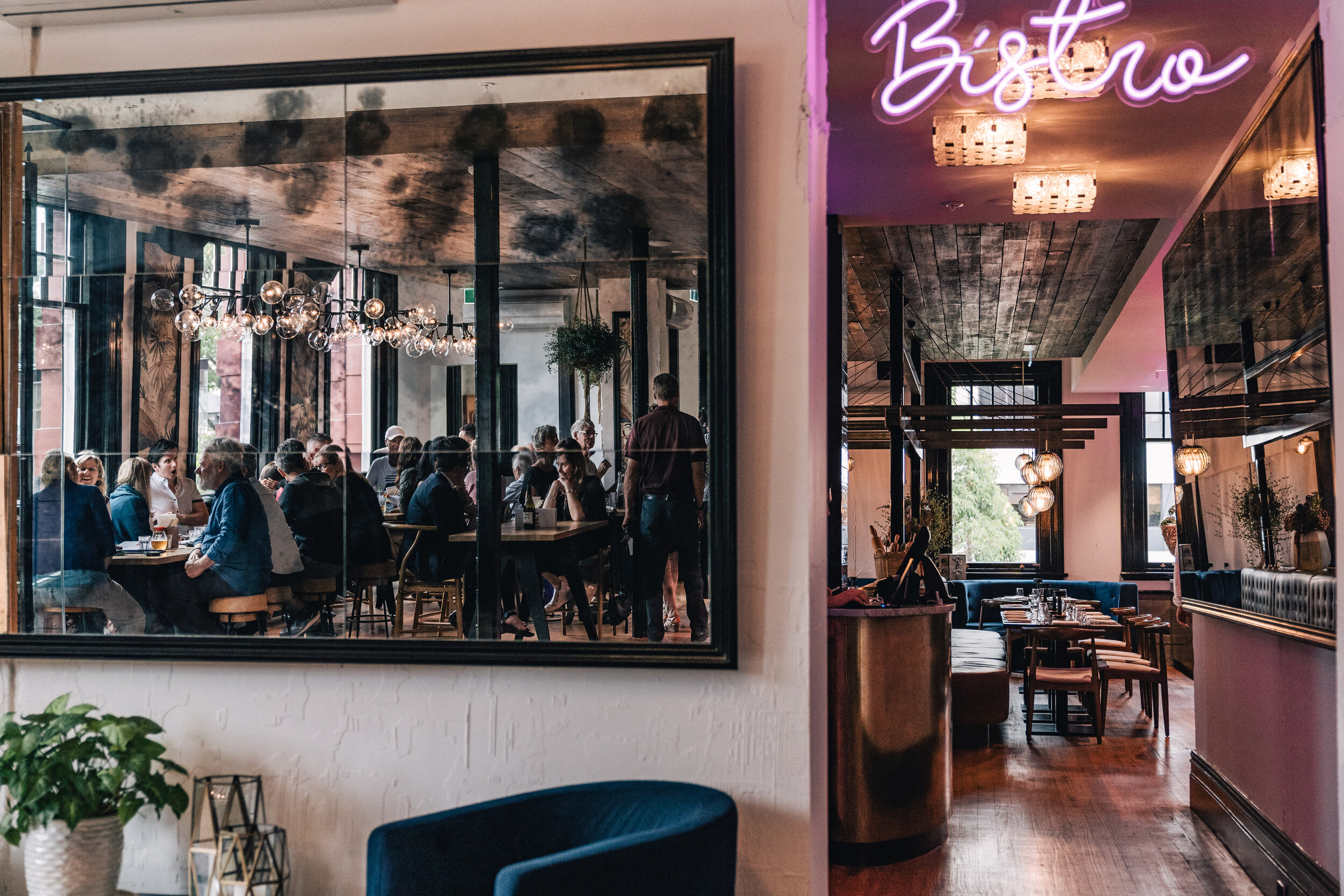
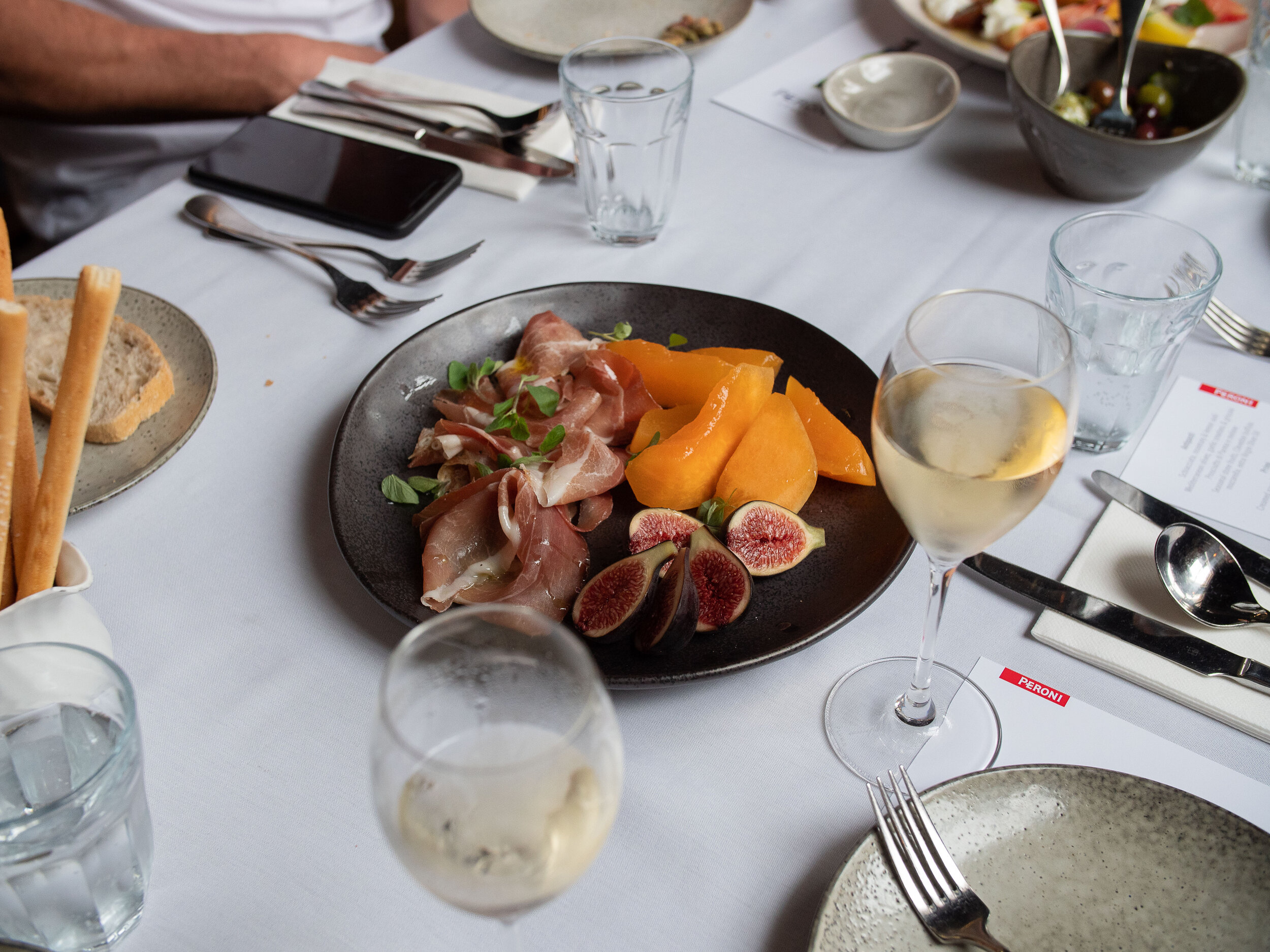
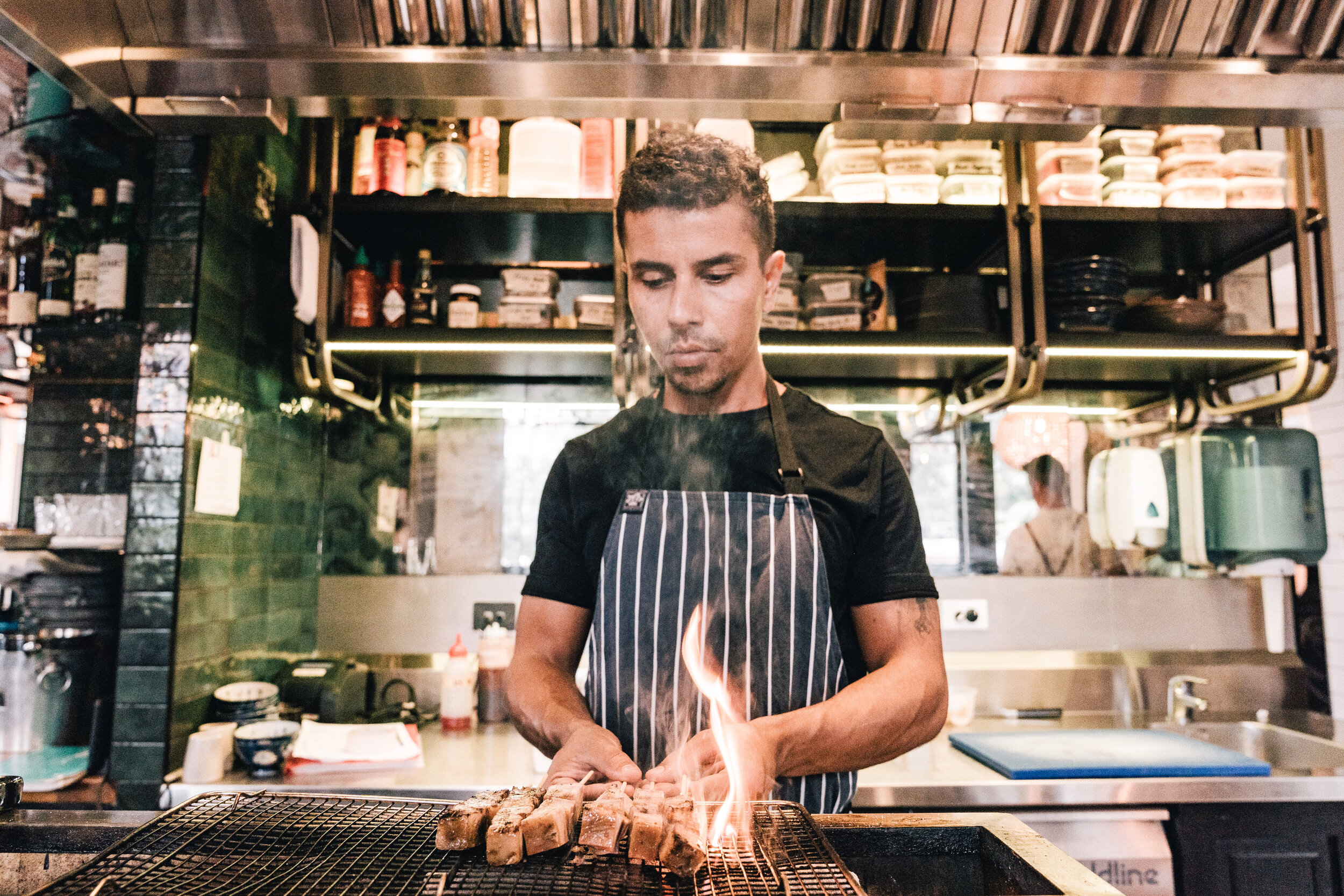
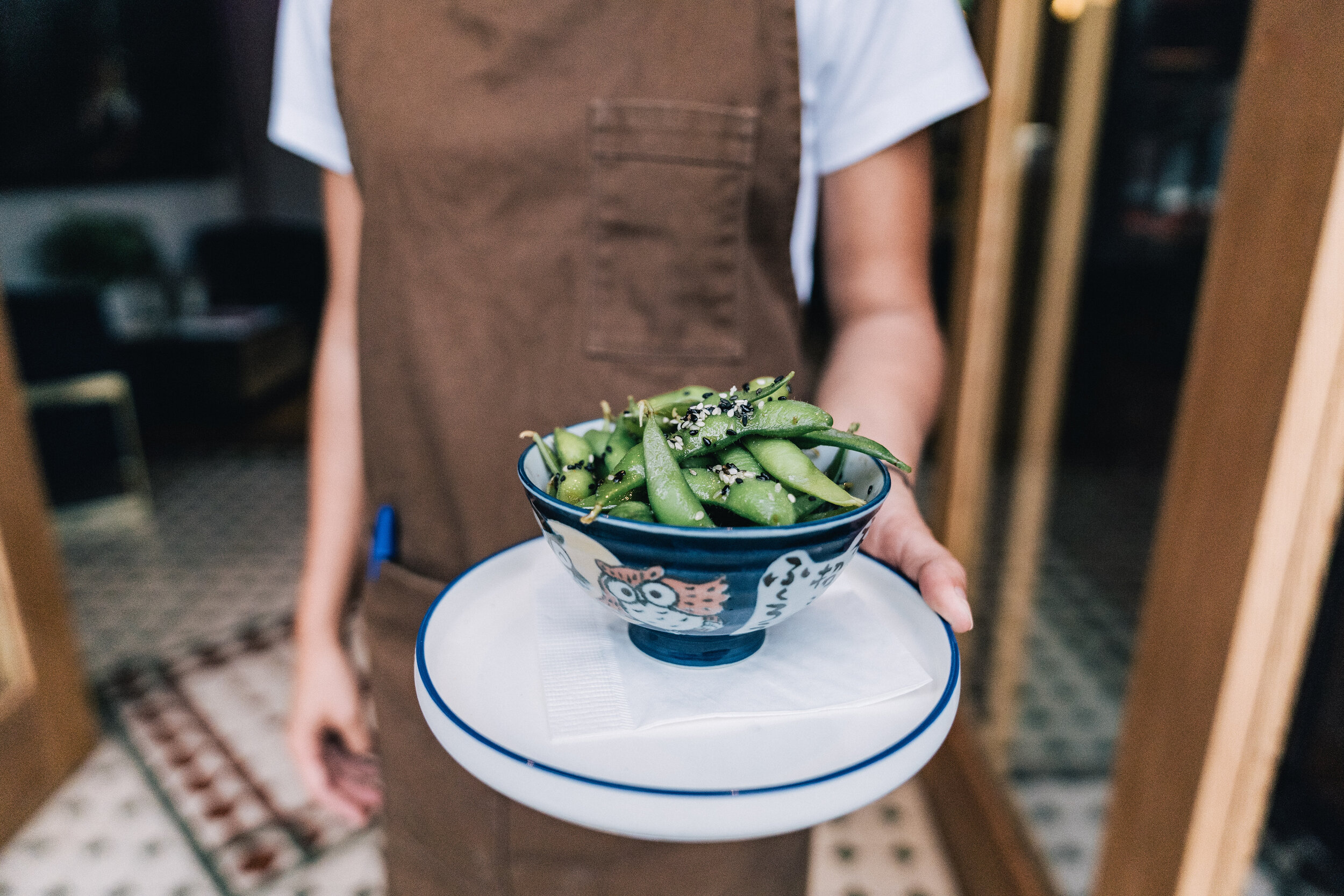
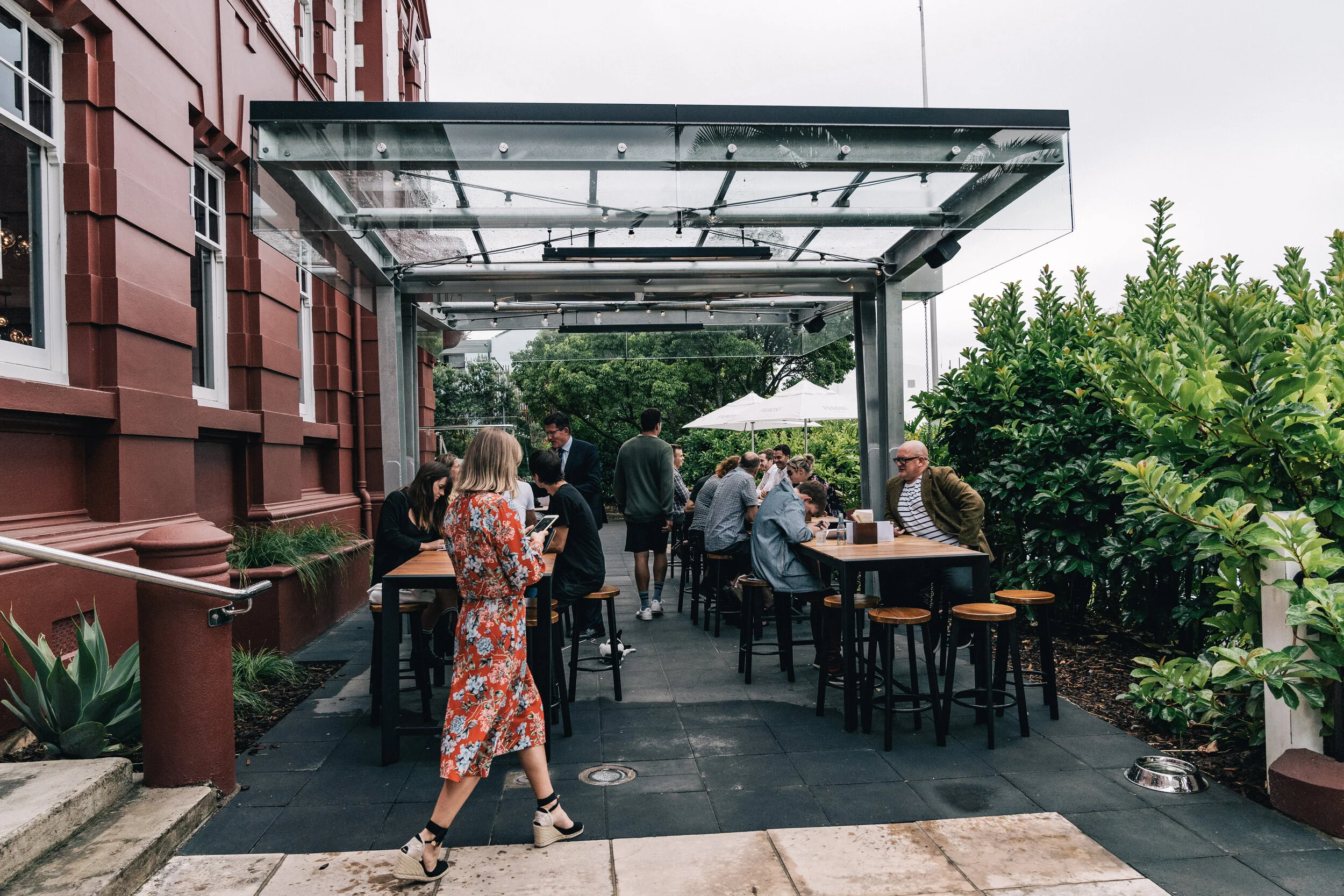
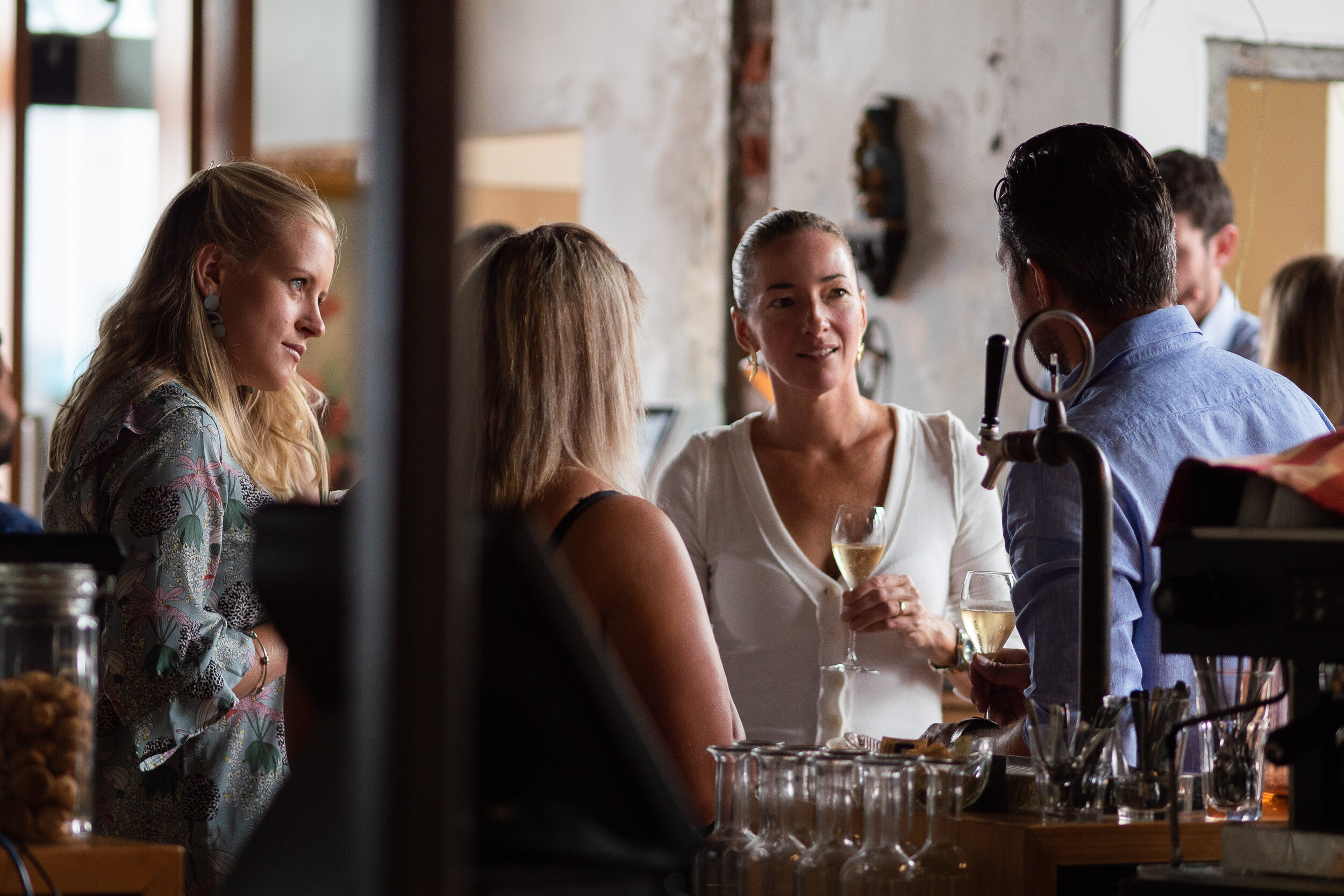
Home is where her heart is
From living at the Mount campground to becoming one of Tauranga’s top businesswomen, Sharon Hall of Bayleys Real Estate talks about her remarkable journey and her passion for the Mount.
From living at the Mount campground to becoming one of Tauranga’s top businesswomen, Sharon Hall of Bayleys Real Estate talks about her remarkable journey and her passion for the Mount.
WORDS DANIEL DUNKLEY / PHOTOS SALINA GALVAN
Sharon Hall lives and breathes Marine Parade. Pick a house and she can tell you about its history. Ask about a business and she knows the owner. Enquire about the landscape and she can give you the details.
“Decades ago when these Norfolk trees were tiny, the headmaster of the local primary school used to tie presents to them at Christmas,” she says, looking across to the Mount’s main beach from her home. “It’s such a special place to be at this time of year – in fact, all year round.”
Sharon calls Marine Parade home, and is also a leading property specialist in the area. Dotted with pristine properties and beach baches, the Mount to Papamoa is her preserve.
Every sun-soaked spot in this picturesque postcode means something to her. With an encyclopedic knowledge of the area, Sharon is a formidable businesswoman. A former nurse, she has invested in property throughout her life, learning from her parents, who scraped together all they had to invest in real estate when she was growing up in Matamata.
“My mother and father started with £10 and a motorbike,” she says. “My parents worked really hard. It was very ballsy of my mother to buy real estate, especially as a woman. Back then, women couldn’t even get a mortgage; the man had to do it. My father was more risk-averse.”
While working long hours as a nurse, Sharon took her mother’s advice and bought a block of four flats in Tauranga. In 1980, she forged a career as a real estate agent before changing direction into other businesses while she had small children. At that point, her life was turned upside down.
In the early 2000s, Sharon lost nearly everything following a divorce. She ended up without a home, living in a horse truck at the Mt Maunganui campground with her two daughters. She had just $40.
“I had nothing. I ended up in the horse truck with the girls, and owed $70,000 to a lawyer,” she says, pointing down the road to the campsite. “We went from living in a beachfront home to living like that. It was actually a relief, because I couldn’t lose anything else.”
Back at square one, times were tough. But the experience gave her empathy and a strong resolve to provide for her children.
“I eventually sold the horse truck and went back into real estate in 2005. I was one of Bayleys’ top agents for five years. And I went on from there.”
Since 2005, Sharon has earned her place at Bayleys and worked her way back to the top, buying an apartment in the Mount, before moving to a basic house on Marine Parade. Now, her traditional white bach is, she says, the perfect spot to watch people having genuine heartfelt fun for absolutely no cost.
After overcoming adversity in her life, Marine Parade will always hold a special significance. She believes it is a privilege to live here. “The Mount is quite spiritual – it’s my tūrangawaewae,” she says. “It’s the ultimate playground. It’s such a fantastic investment. I believe in the product.”
At Bayleys, Sharon has played a huge part in some of the biggest real estate deals in Mt Maunganui. The waterfront has become one of the most sought-after locations in the country,and she has seen it develop and grow in stature.
She says north-facing, beachfront property is one of the Mount’s key attributes, making it increasingly valuable: “It’s paradise,” she says. “It’s a limited product. It’s like the ultimate diamond; there’s no more of this land left.”
While playing a role in Marine Parade’s development, Sharon has also helped to preserve pieces of its past. In 2015, she bought the Mount’s iconic pink bach at the top of Marine Parade, saving it from a fate unknown. The bach was craned over to her section where it still sits today. “I couldn’t have it going anywhere else,” she adds.
After building her life and livelihood in Mt Maunganui, Sharon is excited about the area’s future. As holiday homes give way to residential properties on the beachfront, new restaurants, bars and businesses attract a new generation of visitors.
Yet the Mount’s natural beauty will always remain the main attraction, she says. “It’s synonymous with holidays and having fun. People don’t come here to spend money. They come to enjoy the surroundings. I’m always amazed by how many people pack their bags to come here.”
Marine Parade has played a special role in Sharon’s life so far. After the roller coaster journey to her own slice of paradise, it’s clear she wouldn’t swap the location for anywhere else in the world. “It’s like being on holiday 24/7,” she says. “To me, it’s just heaven on earth.”
Mover + shaker
You can take the boy out of the Bay of Plenty, but you can’t take the Bay out of the boy. Maria Hoyle talks to the local influencer about going back for his future.
You can take the boy out of the Bay of Plenty, but you can’t take the Bay out of the boy. Maria Hoyle talks to the local influencer about going back for his future.
WORDS Maria Hoyle / PHOTOS Garth Badger
I’ll be honest – I was apprehensive about meeting Jay Reeve. I’d seen the pics, read the bio. Here’s a tall, handsome, motorbike-riding, surfing dude with multiple successful roles – among them DJ, wine brand co-owner and social media influencer. During his time at MTV (they approached him – he’s never had to apply for a job in his life), he jetted around the world meeting the likes of Kanye, Snoop Dogg and Dave Grohl. He has a beautiful wife, adorable twin boys, and a queue of fascinating personalities to interview as co-host of The Rock radio show Rock Drive with Jay & Dunc. His life is fast, busy, glam. And now he has to spend an hour with me.
However, from the moment we sit down at a café near Jay’s new home in Auckland’s Herne Bay, he’s fully engaged, relaxed, self-deprecating, interesting and interested. Perhaps acting is another of his many skills. But it turns out the truth is far simpler – Jay Reeve is a people person.
Don’t get me wrong, he doesn’t disappoint on the rock ’n’ roll quotient, turning up on his Harley, sauntering in and shaking hands with a friend (a fan?) at a nearby table. I’d anticipated the cool – what I hadn’t expected was the warm. He gives me a generous hug, meets my eyes with his velvety green ones (yep, something about Jay brings out the Mills & Boon in me), and for a full 50 minutes, I have his undivided attention. Oh, apart from when another cool-looking guy comes over, launches into some banter, and Jay responds with a jovial, “Mate, I’m in the middle of an interview – I’ll give you a bell”. When his buddy’s gone, Jay explains, “Super-clever guy, rides a Harley as well. He’s the lead singer of Blindspott.” Of course he is. Because that’s the world Jay inhabits.
But… and here’s the big but. It takes only a few minutes of chatting to understand something fundamental about this Bay of Plenty-born 36-year-old. A flash Harley might be what gets him around, but community, family and friendship are what drive him. They shape his past, his present, and will no doubt shape his future. As for people, well – Bay locals, band frontmen, baristas, red-carpet stars, middle-aged journalists… they’re all one and the same to Jay. Apart from Delta Goodrem. We’ll get to her in a minute.
First things first. Jay has a window of time before heading off to a school visit with his five-year-old sons Oscar and Hunter (who are soon to start at the local primary) to talk me through what exactly he, his wife Anna and their boys are doing back in Auckland. In case you’re not familiar with it, the story goes like this.
Jay grew up on a dairy farm in Te Puna, moved to Mount Maunganui at 15, disliked school but nonetheless ended up, at 21, teaching home economics at Tauranga Boys’ College. (Although he appreciated his parents’ hard work, he had no desire to take over the farm.) It was while commentating and competing in the Hyundai Pro Longboard Tour that he was snapped up by MTV. He stayed there for five years as a VJ, doing the aforementioned A-list interviews, then started to ponder a career in radio.
As luck would have it (to be fair, most turning points in Jay’s life might well start with that phrase), MTV made him redundant, so he walked away with a nice juicy payout and able to pursue the radio career he wanted. There followed six years on ZM’s drive show with Paul ‘Flynny’ Flynn, before the popular duo ‘consciously uncoupled’ and Jay snagged a two-year gig at Radio Hauraki.
At that point, in late 2017, the family packed everything up and headed back to the Mount. For good. “The plan was to stay there indefinitely,” says Jay. “I was done with radio. TV not so much; I’ve still got a couple of show concepts bubbling away in my head.”
The lure of the Bay was the slower pace that would enable them to focus on what matters. “We were well set up financially, and I wanted to spend as much time with my boys as I could before they went to school,” says Jay. He also wanted them to experience a taste of the childhood he’d had. On the farm, Jay grew up milking cows, hosing down the yard and doing other chores he “loved”.
“It was the best upbringing,” he says. “We’d put sandwiches in a backpack and walk to the back of our farm about 5km away, and spend the whole day adventuring. Our farm backed onto Whakamarama, and we had friends who lived on the other side of the river, so we’d meet them and jump off the waterfall. We’d go to Maramatanga Park with my dad and play twilight cricket. We’d hang out in the Te Puna clubrooms drinking lemonade and raspberry with a punnet of chips, while the adults told dirty jokes. I loved growing up in Te Puna.”
Jay reckons that even today, life in the Bay is simpler – that people are just that bit more content than their big-city counterparts. So the question remains: what’s he doing back in Auckland?
It came down to “the guarantee of a salary for a set number of years while we’re at the age we’re at. I’ve always looked at it that between 30 and 40 you make the majority of your funds, and then from that point, you can still be at an age to decide what you want to do. You can pivot, start again at 40.”
Jay wanted to maximise that peak earning potential, but if he was going to slam the thing into reverse and head back up to the big smoke, it was going to be on his own terms. He says any Auckland job “needed to tick every single box. I needed the person I worked with
to be someone I got on with, it needed to be the time slot I wanted, it needed to be on a station I liked, and it needed to be on a network I had respect for.”
He found all that at The Rock. Jay says that, ironically, the move ended up being hardest on Auckland-bred Anna. “She really did love the Mount – the pace of life and what it was like to bring up a family there.”
But it’s working out. So far. Anna’s already in her own groove. “She looks after all the social accounts for the businesses, takes care of all my social-influence stuff as I don’t have time, and looks after the boys. She’s ‘life admin’ for the Reeve family. It’s an unrelenting and perhaps under-appreciated job.”
As for Jay, he’s loving The Rock. It’s not just a gig to earn some decent dough – he and Dunc have worked out a format they’re both super excited about. Jay hadn’t worked with him before, so they had a “feeling-out process” – time spent getting to know one another. A bit like Married at First Sight? Jay laughs. “Ha – that’s a good way of putting it, yes.”
As well as music and cheeky banter, the pair wanted to give people something that would challenge their existing views, and to bring on guests – like a controversial recent interviewee who talked about trying the mind-bending drug ayahuasca – who would provide a fresh perspective. Jay, an avid podcast listener, admits he can be close-minded at times, but tries to overcome it. “I’ve started listening to a podcast and I’ve gone, ‘F**k this guy, he doesn’t know what he’s talking about’, then by the end of it I’m, ‘Oh my god, I’ve come right around’. I like that education; we’re trying to do a bit of it. Nowadays we’re so quick to go, ‘I’m team this or team that’. But you can sit in the middle and go, ‘Well, tell me more’.
“I’ve always said I’m the luckiest guy in the world,” says Jay. With his four career boxes ticked off, everything else about their new Auckland life has magically fallen into place too. “We needed to quickly find somewhere to live and we’ve just, through a friend of a friend, signed a year-long lease on a house, so we’ve been able to get the boys into the school we wanted,” says Jay. “My work is very close. I’m surrounded by great friends, including close friends of ours from the Bay just around the corner.”
Although he’s grateful, it’s not the same as life at the Mount. “Where we lived, Gordon Road, we knew everyone, we knew each other’s kids, there was a real sense of community,” he says. I suggest he can recreate that in Auckland, but he laughs ruefully. “It’s too far gone! Everyone’s just busy. That’s the vibe of Auckland.” So the Bay is never far from his thoughts. But he knows that “to do our show and our talent and the investment from the radio station justice, the minimum term [for him in Auckland] would be five years”. It’s not that he’s complaining; Jay isn’t a whinger. It’s just the way it is right now.
One of Jay’s multiple roles is “silent but loud” partner in wine brand Master of Ceremonies, launched in 2016, which he co-owns with Anna and friends Mat Croad and Nick Marshall. (They’ve also teamed up with Hawke’s Bay winemaking supremo Rod McDonald – read more about it in Jay’s column in UNO Issue 43.) Did he know anything about wine before embarking on this venture?
“I was a big drinker!” he laughs. Plus, “I like to keep an eye out for things that are just around the curve. Rosé was a thing that popped up on my radar. My wife has always drunk rosé. I have bikie friends who drink rosé, not beer. Mat’s a wine importer and could see rosé was going up at a rapid rate. We’ve seen that in the past four years; there used to be three or four bottles in the supermarket aisle, now there are about 100. Nick came on as the majority shareholder, CEO and CFO. He pays himself a peppercorn wage to keep the business going; he’s such an asset to the business. It’s the people who make the business what it is. It’s cool to do business with your buddies.”
As well as a rosé, there’s now a Master of Ceremonies Central Otago pinot noir and a pinot gris 2018, plus a limited-edition sparkling rosé that’s a collaboration with fashion label Stolen Girlfriends Club. They have plans to export the coming vintage, “a push into Australia, Singapore, Asia”, and exciting plans for expansion. “Nick’s a very forward thinker,” says Jay. “ We’ve been working on something for the past two or three years; it’s very close to being released. It will be well ahead of the curve.”
Are we talking wine here? “Aah… yes and no.” He grins. “I’d love to tell you more, but…”
Jay has a lot of things on the go, and living life as he does, at full throttle, requires mastering the art of maintenance. How does he keep himself in such good shape? “I fast – it’s a new thing for me,” he says. “I eat between 1pm and 7pm. I also try not to have any sugars or
carbs; it’s predominantly a meat-and-vegetable diet.
“I met a guy called Nigel Beach, who’s an offsider for Wim Hof [the Dutch extreme athlete known as the Iceman, who pioneered the Wim Hof Method] and does this thing called ‘controlled discomfort’, where you have an ice bath. I get up and hop into a cold shower, or into a cold river, or into the sea. It’s amazing. It’s like going ‘control, alt, delete’. Apart from that, I drink far too much, sleep minimal hours and
really burn the candle at both ends and the middle.”
What about his mental health? Jay has talked in the past about how his relentless positivity has seen him accused of being arrogant. How does he cope when people take a shot at him or when he gets flak for something he’s said or written? Does it bother him?
He strains a little, like he really wants it to bother him. “Hmm… ah…” He laughs. “I don’t put that much thought into it!” What no doubt helps is that he’s always willing to listen. “I can say something, but then if someone more informed comes along and says, ‘You’re wrong and these are the reasons why I think you’re wrong’, then I’m 100 percent open to shifting my position – and I do so frequently. If you’re not learning, you’re just not moving.”
I try him on adversity. Any adversity, Jay, even a smidgen? Er, no. “I choose to be positive,” he says. And he’s aware how lucky he is. “There’s no problem I could ever have, ever, that could compare on a global scale with what happens every day to other people all over the world,” he says.
Okay, let’s try this, then. What about being a parent? Now that definitely comes with its curveballs, especially raising boys in this era of #MeToo. How do you teach them to speak their truth and be respectful of women?
“My wife and I talk about this a lot,” says Jay. “People just want to be treated with respect.” He believes we’ve become so fearful of offending people, that we’ve simply ceased to communicate. “Then there’s a systemic breakdown, then there’s alienation, misinformation. People put it in the too-hard basket. Now more than ever, we need to be talking.”
As for respecting women, or indeed any individual, the key is talk. “Don’t assume,” says Jay. “To be in an intimate situation with a person of the other sex or same sex and assuming they want to take it to the same place as you will get you into trouble. So communicate. But for kids to learn things, they have to see it.”
And then we’re back to the Bay. “I don’t want to say Auckland does a bad job of raising kids, but [provincial New Zealand]does it better,” says Jay. “We just got back from Gore and I didn’t see one kid on a phone while I was there. We did a show out of a bar/restaurant and kids were there with two or three generations of their family, talking across the table with everyone, sitting between adults, being part of the situation.”
For someone who’s met his fair share of celebs, Jay’s touchingly appreciative of these ordinary scenarios and of people showing each other good old-fashioned courtesies. So how does that pan out when he’s meeting the big stars – is he able to apply his philosophy of treating everyone decently, or does he get so starstruck that he acts differently?
Jay shakes his head. There was one person who made him a little gaga. “Strangely enough, Delta Goodrem. She was coming down the red carpet and I was like, ‘Oh, it’s Delta – whatever’.” But as she got closer, the ‘Delta effect’ rendered him speechless. “She was ethereal, like she had a halo of light around her. I was just holding out the mic in front of me. I was with my producer at the time, Bronwynn Wilson, who was going, ‘What are you f**king doing? Just talk!’ It was getting awkward, so Delta looked at Bronwynn and said, ‘So are you guys having a good time?’ and Bronwynn went from being like ‘Grrrr’ to ‘Uh… ah…’ – the same thing. After Delta had walked past I said, ‘Oh my god, I don’t know what happened!’ and Bronwynn said, ‘I don’t know what happened either!’”
It’s hard to imagine Jay being lost for words; for him, striking up conversation is the easiest thing in the world. Be it with A-listers or mere mortals, his favourite opener is, “‘So when you’re not doing this, what are you doing?’ And then they can say, ‘I run I with my dog, I like hanging out with my kids’ or whatever.”
What does that look like for Jay – what’s he doing when he’s at his happiest? “Happiness for me…” he pauses. “It almost makes me emotional thinking about it. This summer, we had this big group of us – all my family, my kids, my wife, one of my sisters, my parents, a big bunch of my friends – and we all rarked it up on the beach. The kids were running around, the surf was pumping, it was a beautiful still day. We were watching over each other’s kids, hanging out, having beers. That for me is heaven. Just heaven. I desperately miss it.”
In the background, Auckland attempts to plead its case: the thrum of traffic, a passing truck, coffee machines going full pelt to fuel the got-to-be-somewhere set. Jay is oblivious.
“You know, sometimes it’s nice to know what you want, so you can miss it and try to get back there,” he says. “It’s solidified for us what we want to do, where we want to be, how we want to raise our family, and what we want to be like as people. For the first time in 36 years, I know what I want.”
And, quite honestly, who wouldn’t raise a glass of rosé to that?
I want to Hide
To find Hide, you'll need to shimmy down the alleyway by the Prince Street roundabout on The Mount Mainstreet. It opens out into a courtyard that feels like someone's exceptionally well-appointed backyard.
WORDS JENNY RUDD PHOTOS TRACIE HEASMAN
Hide. What a great name for a boozer. To find Hide, you'll need to shimmy down the alleyway by the Prince Street roundabout on The Mount Mainstreet. It opens out into a courtyard that feels like someone's exceptionally well-appointed backyard. Walled in on every side, a roaring fire is the centrepiece. There are built-in wooden booths for big groups to gather, family barbeque under a lush green living wall, a sunny strip of seating tucked behind the fire (perfect for a hot date), and a cosy nook inside overlooking the courtyard.
This place has been home to many things over the years: Lynx hairdressing salon, an outlet store for Sisters&Co, and two restaurants: Mundo Mexicano and more recently, Mr Miyagi. It is now completely unrecognisable. In a good way.
Owners Matt and Kimberly Hayward are hospo royalty in Tauranga, bringing with them the experience of running Winnies in Queenstown in the early 2000s, and owning Da Bierhaus, which they turned into La Mexica on The Strand in Tauranga. The couple and their two girls, Mila and Liv, are now firmly rooted the other side of the bridge with Hide and Mount Brew Co, which is like the cheeky younger sister to Hide's rough and tumble older brother.
"Kimbers' role is to make sure everyone's well fed. She grew up with foodies and fantastic cooks as her parents owned restaurants. It's my job to make sure everyone has a good time." Nice job descriptions. They do it well, too. The opening night had a feeling of goodwill and excitement that you just can't buy. UNO. HQ is a dangerously short walk to the green oasis. Our team went over on a Sunday afternoon for a pre-deadline, morale boosting break. We chose a couple of cold Moas and some plates to share: standouts were tender lamb ribs with sharp salsa verde. Halloumi fries were perfectly crisp out the outside with a creamy horopito dip. And we shared a flounder with fennel mash which was fresh, lemony, buttery and light. Smooth beats from the deck with resident Sunday afternoon DJ, Sarah Bronte, and we really were transported a long way from the demands of the office.
Matt says, "I want people to treat this like their own backyard. You can invite your mates round, light the fire, eat like you're at a barbeque, listen to music, and have a few beers." Even better, no clearing up, and the service is way better than at my house.
Bakuchiol: the plant-based alternative to retinol is our new skincare hero
Bakuchiol is one of the three hero ingredients used in Arbonne’s new AgeWell range, a vegan skincare collection that embraces a holistic approach to skin ageing. Formulated using a range of dermatologist favourites, the trifecta of ingredients – bakuchiol, vitamin C, and plant stem cell extract – work together to deliver youthful-looking skin.
PHOTOS SUPPLIED
Have you heard of bakuchiol? Pronounced “buh-koo-chee- all”, this plant-based skincare ingredient is a gentler alternative
to retinol that helps target the look of wrinkles and uneven skin tone. Compared to retinol, bakuchiol is better tolerated by skin, is mild enough to be used morning and night, is safe to use with other skincare ingredients and it’s vegan-friendly, too.
Bakuchiol is one of the three hero ingredients used in Arbonne’s new AgeWell range, a vegan skincare collection that embraces a holistic approach to skin ageing. Formulated using a range of dermatologist favourites, the trifecta of ingredients – bakuchiol, vitamin C, and plant stem cell extract – work together to deliver youthful-looking skin.
The second ingredient, vitamin C, supports collagen by providing the skin with moisture, but can’t be used at the same time as traditional retinol. However, vitamin C and bakuchiol are fine to use together, so you can get the benefit of both ingredients at once.
Sustainable plant stem cell extract is the third ingredient taking centre stage in the AgeWell range. Plant stem cell extract helps skin to look more vibrant and improve firmness, and it’s derived from natural origins but uses less water during production than traditional versions. This harmony of ingredients works to target visible signs of ageing without being harsh on skin.
COLLAGEN NURTURING SERUM WITH 2% BAKUCHIOL: Indulge your skin in this super-concentrated formula which helps reduce the look of facial wrinkles, along with stabilised vitamin C to help boost and maintain moisture by supporting collagen.
MOISTURE RESTORING CREAM WITH 0.5% BAKUCHIOL: This versatile moisturiser contains shea butter, avocado oil, coconut oil, and squalene complex to help replenish
the skin’s moisture barrier
and reduce the appearance
of fine lines.
MOISTURE RESTORING CREAM WITH 0.5% BAKUCHIOL: This versatile moisturiser contains shea butter, avocado oil, coconut oil, and squalene complex to help replenish
the skin’s moisture barrier
and reduce the appearance
of fine lines.
Leanne Cashmore takes us inside the Cashmore Clinic
Having your skin looked after at my clinic is no different from going to the hairdresser or having your teeth whitened. My treatments are subtle. They may be indiscernible to anyone else, but you’ll get a huge boost to your confidence.”
“Having your skin looked after at my clinic is no different to going to the hairdresser or having your teeth whitened. My treatments are subtle. They may be indiscernible to anyone else, but you’ll get a huge boost to your confidence.” Leanne Cashmore is pouring tea into fine china cups at her clinic on Muricata Avenue, Mt Maunganui. A beautiful, pale-blue villa from the road, inside it’s a calm oasis.
A registered nurse, Leanne has been working in appearance medicine for 20 years. Seeing that “there was a real need for a boutique, welcoming and luxurious service at the Mount”, she launched the Cashmore Clinic in April this year. It’s a personal, one-on-one service. “Some people want to dash in during their lunch hour, and others like to take things slowly, talk about their treatment, and relax with a herbal tea. It’s very private here, and my clients appreciate that.”
A born-and-bred Mount local, Leanne is part of a talented family whose members work in creative industries. Her husband, Mark, is a pool and landscape designer (check out his design project in UNO’s summer ’17 issue) and her sister Maree Wilkinson is a photographer, while the eldest of her four children, Jordan, captains a superyacht in the Caribbean. Meanwhile, Leanne can be found at her clinic from Monday to Friday and on the occasional Saturday – during daylight hours. “I work around my clients, and prefer natural light as it helps me provide the best treatment,” she says.
The Cashmore Clinic is overseen by a small group of qualified doctors. “I’m very lucky to have worked with some of the top professionals in appearance medicine throughout my career,” says Leanne. “It’s all very friendly and connected.”
The Cashmore Clinic services
Botox For: the face, and to treat excessive underarm sweating. It’s the most popular procedure, as it’s quick, affordable and delivers fantastic results. Fillers For: fine lines, dark circles around the eyes, acne scarring, lip enhancement, reshaping the jawline and chin, and skin hydration (with the V2 machine). Fillers provide a beautiful lift that restores lost volume in the face. Leanne says anyone who tries them becomes an immediate convert. Head online to discover more of Leanne’s treatments.
The good life: trading your urban abode for a lifestyle block
Do you dream of trading your urban home for a lifestyle block in the country with pets, chickens, pigs, a vege garden, fresh air and masses of space? Jeremy Pryor provides a snapshot of what rural life is really like.
WORDS LAURA TUCK PHOTOS BRYDIE THOMPSON
Do you dream of trading your urban home for a lifestyle block in the country with pets, chickens, pigs, a vege garden, fresh air and masses of space? Jeremy Pryor provides a snapshot of what rural life is really like.
Many of us would happily trade our noisy neighbours for peace, quiet and a supply of free-range eggs and freshly dug spuds. It’s a lifestyle that fits Jeremy Pryor of Bayleys Tauranga down to the ground. Not only does he sell the rural dream, he lives it too.
UNO: What’s rural living really like?
JEREMY: Most of us have experienced rural living to some degree – maybe you grew up on a farm like I did, or perhaps you had a friend with a cricket pitch on their front lawn. Lifestyle blocks are sought after because they allow you to have a taste of the country without all the hard work, like having to get up at 4am to milk cows. You can still maintain a corporate job, send your kids to the best schools and pop into town with ease.
UNO: How would you define the term ‘lifestyle block’?
JEREMY: There’s no black-and-white answer. I sell a lot of 3000m2 sections in residential lifestyle subdivisions, which are essentially nice homes with big lawns, as well as larger lifestyle blocks with enough land for grazing or an orchard.
UNO: What’s the best thing about living semi-rurally?
JEREMY: It’s fantastic being able to entertain without worrying about the neighbours. It’s also ideal for kids – Ash collects the eggs, Finn feeds the pigs and Charli helps me in the garden. They spend hours riding their bikes, playing basketball and in the pool, which is so much better for them than staring at a screen. We use the shed for storage, the camper and the boat. That’s the beauty of a large section, it allows you to be creative. You’ve also got the option for office space, which is great for the wallet and provides peace of mind for people like tradies, who store their tools at home. The other advantage is the potential for capital gain. If you buy an orchard on the edge of the city that then becomes subdividable, the value of the land can increase fivefold.
UNO: Who’s biting the bullet and going rural?
JEREMY: Lifestyle blocks have always been popular with retired farmers, but today we’re also seeing a lot of homesick Kiwis coming back from overseas who are looking to invest in a slice of clean, green New Zealand land. There’s been a surge in buyers who want to have chooks, plant a vege garden and eat organic produce; I call it the ‘Annabel Langbein effect’. We’ve also had an influx of people from other cities, as they’ve realised they can buy a rural property here for about the same price as an average home in Auckland. When people finally make the move, it can be seen as impulsive because it’s such a big change, but it’s usually been a dream for many years.
UNO: How do you blend a job in the city with a rural lifestyle?
JEREMY: Tauranga is the perfect location in which to enjoy the best of both worlds. My daily drive from Pyes Pa to work only takes 12 minutes on the express route, so traffic is never an issue, but with today’s technology, you could easily work remotely and live the dream. We have great restaurants, shops and schools right on our doorstep. The barter system in the rural community is also alive and well – we get our daily pig scraps from Four14 Espresso café, and in return, I give them fresh bacon.
UNO: Where are some of the best hidden spots for rural living?
JEREMY: Pyes Pa is fantastic, and I’m not just saying that because I live there! With the new Lakes subdivision and Tauranga Crossing shopping centre, there’s huge growth across the whole south-east side of town. Further afield, you’ve got Hawke’s Bay and the Coromandel, both of which are beautiful.
UNO: Your team at Bayleys seems really close – it looks like quite the party with all your families.
JEREMY: Real estate is a 24/7 job, but it’s also highly rewarding. We spend lots of time together, and Craig [Orr], Ike [Unsworth] and I also holiday as a team with our families – it’s the best type of chaos. In summer and winter, when things are a little quieter, I get to enjoy lots of quality time with my wife and kids. We love heading to the bach at Lake Rotoiti and try to get away a couple of times a year.
UNO: Any advice for those considering packing in the city for greener pastures?
JEREMY: It’s about choosing the right type of property for you, so do your research. If you’re after income, there are options with orchards or farms, or for Airbnb; the extra space will ensure your guests aren’t too close to your home, and they’ll pay a premium for a unique setting. But if you simply want more room and don’t mind doing a bit of gardening, the options are endless. Some people outsource maintenance, but I enjoy getting outside and doing the lawns; my ride-on lawnmower has a cupholder, so I can have a cold beer while I work!
The one, the only…
Anyone who’s watched Ben Hurley perform will tell you he’s a bloody funny guy, but he isn’t your typical Kiwi comic.
The Katikati-based comedian makes Friday nights funny nationwide on TV3’s 7 Days, and now he’s set to make us locals laugh as the host of the second-annual Mount Comedy Festival.
WORDS Andy Taylor PHOTOS Brydie Thompson
Anyone who’s watched Ben Hurley perform will tell you he’s a bloody funny guy, but he isn’t your typical Kiwi comic. He didn’t grow up using humour as a defence mechanism like so many others. “I really liked school, actually,” he says.
Has he always wanted to be a stand-up comedian? “At the end of fourth form, the school sent around these forms that we had to fill out to check that we were taking the right subjects the following year, for whatever you wanted to do as a career. I’ve always been somewhat suspicious of authority, and I thought it was ridiculous that they were asking 13- and 14-year-olds what they wanted to do in life, so I put down ‘male model’. Then I crossed that out and put ‘comedian’, because that was the next most ridiculous thing that anyone could do. So ‘technically’, yes, I have always wanted to be a comedian. But I was living in a small-town in Taranaki at the time, so it wasn’t really an option.”
University, however, was, and Wellington beckoned, so off Ben went to study politics at Victoria. “They had an improv comedy club, and I met my best friend Vaughan King, who was an actor and comedian and started doing stand-up – and that kind of motivated me to do my first gig in 2001 at the Wellington Fringe Festival.”
“I thought it was ridiculous that they were asking 13- and 14-year-olds what they wanted to do in life, so I put down ‘male model’. Then I crossed that out and put ‘comedian’.”
So much for the politics degree. “Yeah. It’s just what you do isn’t it, something academic? Stand-up is something you shouldn’t really do straight out of school because you just don’t have the life experience, so politics and international relations it was. Dai Henwood has a degree in eastern religion, Jeremy Corbett has a computing degree and Jon Bridges has a philosophy degree – or something like that. And then there are people like Ewen Gilmour and Mike King who came to comedy out of the workforce. Ewen was the funny guy at the factory and Mike was the funny guy on the ferry, and they just got pushed into it by their mates. So you kind of have these two schools and to be honest I don’t really know if there is a stylistic difference between the two or not, or whether it’s more about influences.”
For young Hurley, the influences were the usual suspects: Billy Connolly, Jerry Seinfeld, Blackadder, Basil Fawlty. Humour was always appreciated in the Hurley household, and his father was a big fan of British comedy – although in those pre-internet days, you tended to like what you were given. “It was not like now, where you have every single comedian who has ever been at your fingertips,” says Ben. “There was a very limited range of stuff that we could see. If you were lucky, maybe the Montreal comedy festival or something like that, and the Kiwi show A Bit After Ten, which had the Corbett brothers on it. I was probably about 14 or 15 and I loved their running gags. They’d say, ‘Shall we do the Floyd gag?’ and then never, ever do the Floyd gag. And they had an open-mic section, where I saw some comedians who are good friends now and that I’ve worked with often. In fact, I still say, ‘Shall we do the Floyd gag?’ to Jeremy. I’m probably the only one who remembers it, though.”
(The early-’90s A Bit After Ten can be found at nzonscreen.com and is definitely worth a watch. In addition to an outrageously young and clean-shaven Jeremy Corbett, it also features the wonderful spectacle of contestants vying for the grand prize of a 14-inch TV.)
After making a name for himself as a comic in New Zealand, Ben started gigging in the UK, and toured extensively in Europe and Asia. The winner of the two biggest comedy awards in New Zealand (the 2004 Oddfellows Billy T Award and the Fred Award in 2008), advocate of cricket as a way to achieve world peace (“No two cricketing nations have ever gone to war with each other – that’s a fact”) and one of the few Kiwis to be invited onto America’s prestigious Comedy Store TV show now calls the Bay of Plenty home, but touring is something he knows an awful lot about. Google his name and it’s clear he spends more time on the road than a Fonterra truckie.
“I was in England for four years, gigging around the country five, six, seven and eight times a week, sometimes doing two shows a night, because the clubs are really full and lively over there, and doing it over and over again is how you learn your craft. I love being on the road – well, not so much now that I have a family, but I can’t imagine going to work at the same place every day. It’s hard to be away, but I guess I’m just hardwired to do it.”
Ben says there are regional differences in what people find funny, though they’re relatively subtle in New Zealand. “There are some places that are a bit more conservative than others, but that’s changing. And it all comes down to it being relatable. I mean, I can’t do a joke about Winston Peters in America or anywhere outside of New Zealand really, but even in New Zealand you have to keep it relatable. When Winston Peters left Tauranga as an MP, I made the joke that this was the first time a 70-year-old man had ever left Tauranga. And although that’s a joke that works really well in the North Island, in the South Island they just don’t know that many old people move to live in Tauranga – in the South Island they have their own version of that, it's called Nelson.
“In America, they don’t get the self-deprecating humour so much – that’s very much a UK thing. American comics are much more defined. It’s much more about the character – you’re the angry guy or the party girl or whatever – whereas in the UK, people just say funny things.”
Although the constant gigging and vibrant comedy circuit scene in the UK was formative for Ben, he was also happy to come home with a new appreciation for Kiwiland. “After being in the UK, I came back to what has proven to be a bit of a renaissance in New Zealand comedy over the past 10 years or so,” he says. “And that largely comes down to the TV networks and the overseas success of people like Flight of the Conchords and Rhys Darby. That woke up the networks to the success of comedy and the need to give it some legs here and air some home-grown stand-up. And out of that we got 7 Days, which has been the most popular and longest-running comedy show in New Zealand history. So people get out now to see stand-up, and that’s great.”
His extensive gigging across the globe must also have honed his skills for dealing with those who get out to see stand-up and feel the need to chip in. “Yeah, I kind of encourage hecklers now, to a certain degree. Well, I encourage interaction at least. On this tour, for the first half of the show I pretty much just chat to the crowd, and try to keep it as fluid and interactive as possible. In New Zealand, the heckling is almost never nasty – its just drunk people wanting to be a part of the show. I’ve done thousands of gigs, and I can count the times that heckling has been genuinely nasty on about three or four fingers. But, then again, if they don’t shut up, I do start feeling bad for everyone else.”
In an industry known for driving ambition and raging egos, Ben has a refreshingly down-to-earth approach and concern for his audience and his community. Last year, in response to what he describes as a sense of helplessness about the state of things in the newly Trumped world, he put together a three-night festival at Auckland’s Classic Comedy & Bar. Called Comedy in Action, it raised money for some great charities while also showcasing some top Kiwi talent.
“It was just a reaction to what I saw as the whole futility of people commenting on injustice on social media,” he says. “Liking a post actually changes nothing, so instead I wanted to do something that would have an actual effect – and make people laugh.”
Now he’s at it again, and is busy organising the second annual Mount Comedy Festival, which he’ll host in January. Ben says this year’s event is going to be even bigger and even better than the last. “Tauranga is New Zealand’s fifth-biggest city and I just thought there was a real need for it. There wasn’t really anything going on comedy-wise in the area; there was the odd thing going on with people coming through to play Baycourt, but no regular event. Last time, we had three nights with basically three shows, but this year we’re expanding things over five days. We’re also going to do some matinee shows with family-friendly comedy.
Ben says the support has been amazing. “I mean, it is the place to be, because everyone loves the Mount, so it's something that people want to be involved in and a lot of people have come on board with, like UNO for example. But it does really seem like this is really a thing that has found it’s time.”
Ben makes it sound like it happened, but with scheduling, promotion and venues, not to mention getting the right mix of performers, producing something on this scale isn’t easy. “I really made it the best I could, and it really is a great line-up,” says Ben. “We’ve got Wilson Dixon [aka Kiwi comedian Jesse Griffin) headlining, who is, um, ‘technically’ from America; we’ve got the great Josh Thomson; Justine Smith, who was on the line-up last year and so loved that we brought her back again; newish comedian Hayley Sproull, who’s a 7 Days regular; Brendhan Lovegrove, who will be hosting a new acts competition, so if any locals want to test the water, this is their chance; and Te Radar, who will do his one man show 'Eating the Dog'. So yeah, something for everyone.”
This well-travelled, internationally known performer is bringing something for everyone to our neck of the woods because it’s now his necks of the woods too. After growing up in Taranaki, and living in Wellington, Auckland and the UK, Ben now calls a little piece of paradise in the Western Bay home – a lifestyle block somewhere between Katikati and Waihi Beach with “some sheep, some chickens, some kiwifruit”. Where does he find time to manage that, with all he has going on? “Fortunately, my wife is the property manager,” he says.
Of all the gin joints in all the towns in the world, why here? “I don’t really know,” says Ben. “I just like it here. It has a real lifestyle thing going on, it’s a great place to bring up kids, it’s beautiful, but it's not a million miles away from everywhere else. I mean, I love Taranaki as well, but unfortunately it’s just a little bit too isolated. So here kinda has it all. The best of both worlds. The best of all worlds.”
Ben’s not a typical comedian, no. But for his originality and the fact that he not only makes us laugh but also makes us think, he’s definitely one of our best. And you know what? He might be onto something about the cricket.
Great hair day
Ruth and her team have refurbished the Hair2Train building on Totara Street and created beautiful salon Ivy, and brother barbershop Havana. The branding is cutting edge and the décor contemporary cool; it’s unlike anything Tauranga has seen before.
WORDS TALIA WALDEGRAVE PHOTOS TRACIE HEASMAN
Tucked into the burgeoning creative hub on Totara St, Talia Waldegrave celebrates with hair salons Ivy and barber shop Havana.
LAUNCH NIGHT
As far as first impressions go, Ivy and Havana have me sold. Brimming with young up-and-comings, local business owners and budding hair professionals, the launch night is a damn fine party. Down to earth glamour is how I'd describe it: smiling, handsome barbers hand out steaming slices of delicious pizza from The Pizza Library next door, and the bar is set up with a tangled web of mint leaves, a mountain of lime wedges, and buckets of ice to make Havana Rum cocktails. Two ultra-glam ladies kick back in barbershop chairs, pizza slice in one hand, champagne flute in the other. This is a family unit, blood relative or not.
THE GURU
On my second encounter with the Ivy Havana crew, I’m early, but am instantly greeted warmly before I've managed to get inside the door. With time to kill, I wait in the communal kitchen at the table where I’d gobbled pizza just a few nights earlier. The kitchen epitomises the Ivy Havana vibe: the fit-out has had someone with a sharp design eye oversee it, and it's fully functional too (the washing machine is tucked neatly away in the corner). Best of all, this space joins Ivy: the ladies' salon, to the Havana: the barber. Staff make themselves a cuppa and chat to clients waiting for a colour to take, or anyone else who happens to be there for a chat.
Each person passing by gives me a nod, a wave or a ‘hi’, and I wonder if they’re trained to smile this way, because it’s incredibly welcoming.
I’m here to meet Ruth, the matriarch of the family. After 45 years as a trainer, she’s a bit of a legend in the industry. “My mother-in-law opened one of the first hair training schools in New Zealand and that’s where I started. From the beginning, I’ve enjoyed watching how life changing it is for young people and I still love every second of it.”
Ruth and her team have recently refurbished the Hair2Train building on Totara Street and created beautiful salon Ivy, and brother barbershop Havana. The branding is cutting edge and the décor contemporary cool; it’s unlike anything Tauranga has seen before.
"We wanted to offer something completely separate from the training school where people could come, sit at the table, read the paper and have a coffee. It’s about offering the whole experience, with service and consistency.”
IVY
Put simply, Ivy is beautiful. She's quintessential salon luxe with gold candles and ornate décor. It's the place to be pampered in all things hair, from cuts and styling to indulgent treatments for luscious locks.
HAVANA
The recent resurgence in the old school barbershop has brought back the traditional cut throat shave, injecting some va va voom into men's grooming and Havana is just that. The décor is all blokey and the corrugated sliding door to the car park is reminiscent of a 1950’s James Dean biker gang.
But what makes this place tick is the people.
“Because we are aligned with the training side of things, our attention to detail is impeccable, we are good at communicating with our clients but most importantly, but what we do best is customer service.”
On my way out, I book an appointment. I can't wait to go back, I already feel part of the gang.
Back to work
UNO’s new columnist might be a comedy big shot, but he’s not immune to that first-week-back-at-work feeling, from which he’s still recovering.
UNO’s new columnist might be a comedy big shot, but he’s not immune to that first-week-back-at-work feeling, from which he’s still recovering.
PHOTOS BRYDIE THOMPSON
No one really clocks on mentally until after Waitangi Day. Sure, your body is at work but your mind is not – it’s still riding those breakers at Papamoa, drinking cocktails for morning tea, or avoiding a flying Virat Kohli six at the Bay Oval. It’s just too bloody hot, and we’re still digesting the 4kg of ham we ate over Christmas.
It’s a wonderful time of year, and it’s also very frustrating. Trying to enlist the services of a tradesperson during January is a fruitless exercise. They know full well that you have money to give them in exchange for their services, but who needs money when you have sunshine and cold beer? They’ll get to you, but not till at least February 7.
The television shows I work on take a break over summer as well. 7 Days does about 40 episodes a year but thankfully is off air during the time when all the news cycle seems to consist of is record temperatures and the odd shark sighting. However, The Project comes back a little earlier – and it was its return that knocked me out of my hammock.
I’ve been contributing to The Project since it started in early 2017. I fill in on the panel sometimes when Jeremy Corbett is away and recently they’ve asked me to do some interviews with some big names in music. It’s not overstating it to say that this is a dream job for me, an ageing Taranaki-bred bogan whose hearing is missing a few frequencies, due to listening to Nirvana and AC/DC at louder than recommended volumes in my mum’s 1989 Ford Laser back in the day.
So far, my interviewees have included Weezer, Queens of the Stone Age, Cat Stevens, Tom Morello of Rage Against The Machine and Corey Taylor of Slipknot, so when my producer emailed to ask if I’d interview my favourite guitarist, Slash, I ignored the fact that it was January 24, well shy of my official Waitangi Day work kick-off, and shook myself awake.
Saul Hudson, aka Slash, the iconic lead guitarist from Guns N’ Roses, all top hat and black curls, was to play two shows in Tauranga and Auckland with his new band Myles Kennedy & the Conspirators and had agreed to his first television interview in five years. With me. I still have no idea why.
So, first day back at work in 2019, and I’m in a lift heading up to the penthouse at Auckland’s Pullman hotel. I was feeling the pressure; idol worship aside, Slash doesn’t really ‘do’ interviews because he’s shy and all anyone asks him about is why Guns N’ Roses broke up, which he’s sick of talking about. His record label told me not to ask him anything about Guns N’ Roses or Axl Rose or Duff the bass player or Steven the drummer or the November Rain video or the ’80s or firearms or flowers of any sort. This directive came by email but was reinforced in person by his very friendly but very large, 7ft-tall head of security just before Slash came into the room. Point taken, giant security man – point taken.
Slash sat down and got out some nicotine gum. I broke the ice talking about smoking, how hard it is to quit and stay quit. He relaxed a bit as we quietly chatted about the different methods of giving up ciggies. It was a bit weird as I’ve never smoked, but I needed a way to start talking without launching into the meat of the interview. I lied, just a little, and I feel medium-bad about this.
The standard time frame for these interviews is 15 minutes, but Slash gave me 20 and I can say he’s as pleasant a man as I’ve met. For someone who’s notoriously suspicious of the media, he was generous and friendly, and I think I even made him laugh a couple of times. We covered his childhood growing up in Los Angeles, his hippy parents, how he lived on the same street as Frank Zappa and Joni Mitchell, his love of reptiles and all the usual rock ’n’ roll stuff about touring and albums and crowds and fans. And guess what? He mentioned Guns N’ Roses, like, four times.
Then he left, and I drove home, adrenaline still coursing through my bogan veins. I felt a mixture of disbelief and relieved exhaustion. The next day was the start of anniversary weekend. Thank god – I needed a few days off.
What’s for dinner
Virtually every Kiwi in the country has heard of My Food Bag and recognises its public face, Nadia Lim. In the past five years, the company has produced 45 million meals; it’s New Zealand’s third-largest food retailer, and has changed the way many of us shop for and prepare our meals.
Virtually every Kiwi in the country has heard of My Food Bag and recognises its public face, Nadia Lim. In the past five years, the company has produced 45 million meals; it’s New Zealand’s third-largest food retailer, and has changed the way many of us shop for and prepare our meals.
WORDS ANDY TAYLOR / PHOTOS GARTH BADGER
My Food Bag’s ‘nude food’ concept has changed the way many of us eat, making healthy, low-salt, preservative-free meals filled with fresh ingredients easy peasy.
What many of us don’t know is that its creator, Cecilia Robinson, had been there, done that. She’s also co-founder of the groundbreaking and successful Au Pair Link, another company that altered the way a traditional service was delivered while changing lives along the way. Having achieved all this in just 10 short years, it’s easy to see why Cecilia has been dubbed ‘New Zealand’s greatest entrepreneur’ by Theresa Gattung, ex Telecom chief executive and frequent flyer on Fortune’s Most Powerful Women in International Business list.
Cecilia’s journey began a long, long way from New Zealand. “Sweden is a nice place to grow up,” she says of her birthplace. “It’s quite different from New Zealand, though, and the winters can be very demoralising. It’s still a very nice place to be, but New Zealand is just such a fantastic place, with beautiful beaches and a safe environment in which to bring up children.”
Which brings us to Papamoa, where Cecilia’s husband James’s parents live. “They fell in love with Papamoa, and we love the beach. And nearby, at Bayfair, is the best Farmers in the country – have you seen their toy department?! [When we visit] we go to the beach and playgrounds, then hit the cafés – it’s really just a magical place.
“Sometimes in life, you just don’t know where the road is going to lead you. Driving down last year to see my parents-in-law, we went through Katikati. It brought back so many memories, as it was where we made one of our first Au Pair Link placements. Ten years later, I’m driving back through with my own family.”
Cecilia’s first forays into the business world began at an early age. “Back in Sweden, my friends and I used to make things like friendship bracelets, then sell them outside the local supermarket, and I went door-to-door for the World Wildlife Fund. But there was never one particular event that started my interest in being an entrepreneur.
“Every week, my father used to say, ‘When I win Lotto, when I win Lotto, when I win Lotto…’ and it used to drive me crazy – it was part of our everyday vocabulary. It made me think that I didn’t want to be at the mercy of winning Lotto to change my life. So that was actually a good driver. Thanks, Dad!”
Once Cecilia had graduated from selling bracelets at the supermarket, it was the world of law rather than business that caught her eye. Her parents were both academics – “I think they have four or five degrees between them,” she says – so higher education was practically a given. But for someone who clearly likes to see things through to the end, the outcome was surprising.
“I studied in Sweden, New Zealand and the United States, but I still don’t have
a degree,” says Cecilia. “James jokes that I’m a law-school dropout in three countries, which is true. But on our first date, we talked about financial freedom and making your own fortune, about business and thinking about things differently.”
James’s name pops up frequently in conversation with Cecilia. They’re not only life partners, but also business partners, and joint CEOs of My Food Bag. While Cecilia has been described as a “serial entrepreneur with sass”, James brings his own skill set to the table, running the marketing, IT and finance teams of both My Food Bag and Au Pair Link. Mixing a personal relationship with business has been the undoing of many couples, but not so the Robinsons, who seem to positively thrive on it.
“Who would you rather be in business with than the person you know the best, and trust and love the most?” says Cecilia. “And when the leadership culture is collaborative like ours, it makes a huge difference to the business. So although we do separate the various parts of the business, we also spend a lot of time providing feedback to each other. We work very collaboratively and respect each other professionally. In fact, I think the collaboration within the My Food Bag team has been one of the key reasons
we’ve been so successful.”
The couple’s first meeting and the intertwined lives that ensued sound like pure serendipity. “I’d been working as an au pair in the United States while I studied, but decided I wanted to work in New Zealand instead, because my brother was working there,” says Cecilia. “He had a dinner party to welcome me to New Zealand – and that’s where I met James, on my first night in the country.” The rest, as they say, is history.
An exciting new chapter in their story began in 2006, with the launch of their first major project together: Au Pair Link. “We were living in a little two-bedroom apartment in Auckland’s CBD, working and studying full-time, but also thinking about how much I’d got out of being an au pair – it had been such an amazing experience,” recalls Cecilia. “I gained so much from it that I thought other people would want to do it too. James was really supportive, so we started a website, and suddenly we were getting phone calls at seven in the morning from all over the country. We thought, ‘Well, there must be something here, because people really need us.’”
There certainly was, and people certainly did. Au Pair Link was New Zealand’s first dedicated au pair agency that made sure au pairs were safe and fully supported by a national network – a far cry from the previous system of classified ads and word of mouth. The company has grown to employ 40 full-time staff and has placed thousands of au pairs throughout Australasia.
“It was very challenging, because we were starting with something that was very much a cottage industry, and we realised that to succeed, we had to take a new approach,” says Cecilia. “Instead of saying an au pair was someone who just appeared in your home to look after your child, we saw them as licensed childcare providers who add to your child’s education. And that was a game-changer. Within five years, we were one of the largest companies of our kind in the world.”
Having revolutionised the au pair scene and reset the horizons of several thousand young Kiwis who suddenly had an international influence in their homes, you’d think that it was time for the credits to roll and the Robinsons and Au Pair Link to settle into a stately rhythm that would see them through the rest of their careers. But no – luckily for New Zealand, Cecilia got bored with pottering around the house.
“We were travelling in Europe and saw a model there similar to what would become My Food Bag,” she says. “I have a husband who loves to eat but not to cook, and it struck me that there would be a lot of people in similar situations. Back in New Zealand, I was on maternity leave from Au Pair Link. I’d done all the ironing and everything I could do around the house, and I got bored really fast, so I said to James that I wanted to explore the possibilities around this new idea. I did all the research, then started on the business plan. And within four hours of finishing it, I was in labour. So I kind of say that My Food Bag and our son, Tom, are twins.”
As if bringing two new creations into the world in one day wasn’t enough, just four weeks later, the Robinsons presented Cecilia’s business plan to Theresa Gattung and the rest of the Au Pair Link board. The response was overwhelmingly positive, with Theresa particularly impressed and keen to get the project moving forward as soon as possible.
“Theresa came up to me straight after I’d presented it and said, ‘This is what I’ve been waiting for – so what’s next?’” says Celcilia. “We had a month-old baby, 1000 au pairs throughout New Zealand and so many existing business obligations to deal with already, but it just seemed so right, so we reached out to Nadia [Lim] and her husband, Carlos [Bagrie]. They came in thinking we were pitching something around Au Pair Link or baby food.
“Nadia and Carlos were on their way to the airport for a three-week trip to Europe and jumped on their flight straight afterwards, so we heard nothing for 24 hours. And then they said they were in! We assembled the team in November and by March [2013] we were in the market. That was a pretty intense summer.”
Understatements occur frequently in conversation with Cecilia. But if she makes it sound easy, it wasn’t. Bringing the My Food Bag vision to life required the team to master a raft of technical challenges and inject the kind of human touch that would get people out of their routines and see them up for some chang e in the kitchen. And, of course, the food had to be fantastic too.
“It’s complicated,” says Cecilia. “There are so many variations involved. But we have a really great team and what people don’t realise is that each recipe gets tested multiple times. It’s an amazing process and our suppliers come in and show us new cuts of meat or new products that we can utilise. We want to be cutting edge but still provide meals people will love and that become new family favourites.”
Like other new business models – think Uber, for example – My Food Bag has been described as ‘disruptive’, but unlike many others, it’s actually profitable. “My Food Bag is incredibly disruptive, because five years in, we were the third-largest food retailer in New Zealand,” says Cecilia. “Actually, that was probably true after two or three years – it happened so fast.
“For us, it’s been incredibly powerful to be part of giving people new options, which is what we did with Au Pair Link: instead of just having someone in your home or on a trip helping with your children, which was the old model, we changed that and added the education factor. So with My Food Bag, it was again taking an old model and making
it brand new, and when people ask how My Food Bag happened so fast and became so successful so quickly, they forget the many years that we spent reaching that point.”
What’s also not immediately apparent about My Food Bag, but becomes clear if you spend any time with Cecilia, is that beyond disruptive technologies, recipe development and delivery schedules, the company is incredibly people-focused. Staff are encouraged to bring their children to work, and virtually scolded for not leaving early if they have to pick them up.
“For us, it’s always been about people and then letting the numbers and business fall out of that,” says Cecilia. “And when I say ‘people’, I mean our team, suppliers and customers – we start with them. Leading in that way has given us great clarity about how we make decisions. We bring our kids into work and make sure people take the time to do what they need to do around their kids, so we’re people first and on the business side second. We’re mums and dads, we’re husbands, we’re wives, and we’re friends before we become business people. And that builds a lot of love and trust both inside and outside the company.”
Perhaps the most remarkable part of all in the Robinsons’ story is that by the time you read this, the couple will have stepped back from the empire they’ve created and handed over the leadership to new CEO, Kevin Bowler. During our interview, Kevin calls Cecilia. She asks UNO to stop recording, then excitedly congratulates him on his new role and invites him to dinner with James, Theresa, Nadia and Carlos, and to a photo shoot to announce the appointment to the press. “We’re a ‘check your suit at the door’ kind of company,” she tells him. “Just wear something relaxed.”
It may surprise some that Cecilia and James are willing to step down from something they’re so passionate about and that’s going so well. “One of the biggest drivers for entrepreneurs is financial freedom,” says Cecilia. “It’s like being in the Olympics. You prepare and train, and then you run the race and win and achieve everything you wanted –
but what then? You keep running?! And that’s what approaching this change was like for us.
“Once the company had reached the point it’s at now, we had financial freedom and did a lot of things that we’d dreamt of, but the key thing we wanted was the freedom of more time. So James and I said that we’d give it 12 months after we partly sold to Waterman Capital [in late 2016], get stability for our team and ensure that we were delivering, and then our time was done.
“Finding the right person to come in has been something we’ve taken very seriously, and we’ll be continuing in governance roles because we have a real passion for our people, our foodies and our products,” continues Cecilia. “But basically, we are retiring. There are people who achieve financial freedom and want to keep working, to keep running, but that’s not us – we want to use that freedom to spend time with our kids.”
Retiring. It’s hard to believe that the energy and dynamism of the half-Swedish family Robinson will fit the retired life, but they have redefined the way we eat, so they may well redefine retirement, too.
Grace Wright: Tauranga artist
We meet Tauranga girl and artist Grace Wright as she prepares for the Auckland Art Fair.
We meet Tauranga girl and artist Grace Wright as she prepares for the Auckland Art Fair.
INTERVIEW CLAUDIA CAMERON / PHOTOS HEATHER LIDDELL / SAMUEL HARTNETT
UNO: How did you start out as an artist?
GRACE: I grew up in Tauranga, so when I finished Elam in 2014 I moved back home for a year to have time to develop the ideas I had generated during my BFA at Elam School of Fine Arts, without financial pressure. During this time I rented a studio space out the back of Zeus Gallery, when they were based on Eleventh Ave. I loved painting there, with the industrial-style spaces, plus having the time to intensively work and establish my practice.
Although I live in Auckland now, I love coming back to see my family and have some down time. Tauranga will always be home.
UNO: What have you been working on lately?
GRACE: Recently I have been working on a series of paintings for the Auckland Art Fair as well as planning for my upcoming show at Parlour Projects in July. My practice is a continually evolving one, so I’m always trying to push myself forward and create something that surprises me.
UNO: Ah, yes, Parlour Projects in the Hawke’s Bay selected you as the recipient of its inaugural artist-in-residency programme. Congratulations!
GRACE: I was so honoured to be selected for this residency and have the support to bring my ambitious 11m x 6m installation concept to life. I had been wondering how our body would feel if we experienced painting more spatially by thinking of the room as a canvas. The body has always informed my work throughout its evolution and in this residency I wanted to recreate the physical sensation of how you feel when you stand beneath something monumental in scale.
UNO: Can you tell us a bit about your process?
GRACE: I see colour as a construction process, so the painting almost builds itself. I never know what the paintings will look like in the end, but I start with one colour or gesture and construct the colours and layers until the final work emerges.
UNO: What inspires you and your work?
GRACE: I’m inspired by an international style of painting that has a real presence with the viewer through scale and the relation to the body. In 2015 I visited Albert Oehlen’s exhibition Home and Garden at the New Museum in New York. It was such a thrill to stand before these huge, three metre square paintings. This feeling of intense physicality is what I’m interested in creating in my own work.
UNO: You’re showing at the Auckland Art Fair as part of the Parlour Projects stand, what can we expect to see from you there?
GRACE: I will be exhibiting a series of new large-scale works measuring 1200 x 1500mm which continue to explore a sense of artificial space and gestural abstraction reminiscent of the body. Recently I’ve been interested in constructing space through subtle illusion and colour combinations so the work will reflect these ideas too.
UNO: You’ll be joined by a number of incredible artists and galleries showing at the AAF this year, what are you looking forward to the most about the event?
GRACE: It’s such a unique experience to see all these galleries in one space, along with work from top galleries in Australia and some further afield. I also love the social aspect of the art fair! It’s a great way to catch up with lots of people in the industry and celebrate all the hard work put in by artists and galleries.
UNO: What are you hoping to achieve from being part of the Art Fair and speaking to an international audience?
GRACE: I’m excited to be exhibiting at the fair and have the support of Parlour Projects. My goal generally is to build up steadily and create work that endures. At the end of the day, art is what makes life worth living, as are the ideas and conversations that surround it.
UNO: What’s it like making art as a full-time job?
GRACE: I love it! I’m pleased with how I’ve set up my week to allow myself the time to paint. I’m definitely a morning person, so my day starts by getting straight into painting. In the afternoons I tend to stretch canvas and gesso, then attend to admin later in the day.
UNO: What skills do you think are useful in your job?
GRACE: I think you need to have a lot of faith in yourself and belief in what you’re doing.
UNO: Can you share a piece of advice for anyone wanting to move into a similar creative space?
GRACE: The best advice I ever received was learning that talent will only get you so far. The way you think determines the rest.
INSTAGRAM: @gracewright08
A methodical mind
Stuart Crosby assumed office as mayor on October 9th 2004 after spending 18 years as an elected council member, becoming the twenty eighth mayor of Tauranga. After serving four terms, he decided not to enter the fray for the fifth. Following 12 years as mayor, and 18 as a Tauranga councillor, Stuart is now a Bay of Plenty Regional Councillor.
WORDS JENNY RUDD PHOTOS LOGAN DAVEY
Stuart Crosby assumed office as mayor on October 9th 2004 after spending 18 years as an elected council member, becoming the twenty eighth mayor of Tauranga. After serving four terms, he decided not to enter the fray for the fifth. Following 12 years as mayor, and 18 as a Tauranga councillor, Stuart is now a Bay of Plenty Regional Councillor.
After chatting to Stuart for an hour or so, drinking tea in Elizabeth Café, I walked away thinking ‘I really like you.’ He was pretty specific and descriptive and gave some padding to the ‘Go back to the beach’ story, but he wasn’t rude or critical. He had a youthful and optimistic view, and a methodical mind. He definitely isn’t the ‘party line’ boy I thought he’d be. More than that, he was a proper human in a role which is largely thankless, doesn’t do much to bond you to your spouse, and occupies your every waking second.
If there’s anyone who needs a finger pointing at them and being given some credit for how bloody brilliant our region is today, it’s Stuart.
What does a mayor do?
First and foremost you are the elected member of the council. Last time we had a new council, I said ‘I am not your boss. You have been independently elected and are accountable and responsible for whatever you say and do.’ I believe we have a responsibility to create an environment where everyone can succeed, by removing barriers to their success.
The mayor’s role is set out in regulations, but it only scratches the surface. There’s another side, which only current or previous mayors would understand. It’s the responsibility of the city or area you represent. And that doesn’t stop, day or night. It’s something you can’t put on a spreadsheet or explain to someone else, because it’s a personal thing. As mayor, you are accountable and responsible for things you actually have nothing to do with. For instance, If someone has a car accident, people will often blame the road, and therefore the council and mayor. The fact they were drunk or stoned or going too fast or had bald tyres doesn’t come into it. You have to understand the situation, and think how best to represent the city, not yourself, in the best light.
The role is as much as you want to make it. I’ve seen mayors in some cities sleepwalk through the job, but the vast majority work their arses off with very little thanks or reward, but they don’t do it for that.
What do you think you brought to the role of mayor?
I have the ability stay calm under pressure, and rely on my knowledge and experience to do and say the right thing. I learned that a key attribute is to listen to people, try to stand in their shoes to really understand their point of view and then relate that view to the issue in question.
I’ve always had the view that you provide for today and plan for tomorrow. I put much time and effort with others in the planning ahead. Lots of politicians I have worked with didn’t have much interest in long term planning, just how daily issues affected their chances of being re-elected. Tauranga’s success is no accident, it is the result of a comprehensive plan which I had a role in developing and executing along with others using the resources we had at the time.
While as a mayor you must lead, you don’t achieve much on your own. You can achieve huge things as a team.
What makes a good councillor?
I’ve always said ‘If you want something said, ask a male, if you want something done, ask a female’. Pretty much to a person, the women on the council are harder working and more focused than men. I think it’s because they communicate better, and are more passionate about the job. Generally speaking, women tend to do things which benefit others, as they are less ego driven.
And they network better too. Because New Zealand is still so small, those connections are really valuable. There are so few gatekeepers; you could have a chat with the prime minister if you really wanted to.
What aspect of the job was most challenging, did you work out how to overcome it?
When people connected to the council were affected by big losses like death, homes and businesses. I didn’t ever overcome getting emotionally involved. But I learned to front the challenge head on, and share the emotional side with those involved.
How did being mayor affect your family?
In hindsight, I too often prioritised my mayoral role above my family, and in particular in how I allocated my time. I believe this is a common issue with politicians, and especially those in roles of leadership. On the positive side there were occasions where my family met extraordinary people, because of my job.
Where are the gaps in Tauranga?
We are still struggling to find work for a professional couple in Tauranga. A recently arrived couple I know are a civil engineer and an accountant. They are finding it hard to get two jobs at the moment. The city will grow into it, though.
This building we are in, on the corner of Elizabeth Street, was a game changer. The next big one will be the new university campus. That will transform the city. The redevelopment is happening. In five to seven years, the CBD will be humming.
It will bring not only the energy and verve of students, but also the academic staff. And they will need different stimuli like museums, art galleries.
And there still isn’t enough to do for those in their twenties. We have to admit that. It will change, though. Where there is a demand, the supply will follow suit. We just need to keep them here in the meantime.
What do you think Tauranga City Council’s greatest achievement has been, over the years?
Our Growth Management Strategy called SmartGrowth. A number of key entities are working together with communities to plan ahead for the whole sub-region, which is a key element to our success. I’m proud to say I’ve been involved since its inception, and remain involved.
And finally, what advice would you give to someone who thinks they’d make a good mayor?
I will always support someone’s desire to stand as a councillor or for the mayoralty; it is a critical part of our democratic process. The problem is that many candidates have no idea about the role and the demands. Fortunately the voting public do have an understanding, and generally get it right at the election as far as the mayoralty is concerned. My advice for any candidate would be to spend time understanding the community you hope to represent, and the mechanics of that local government.
“When I was elected as mayor, the town was being run by a small group of grey-haired businessmen. They pretty much decided on who would, and who wouldn’t be the mayor, and who would be ‘elected’ as councillors. Someone in the group came to me and said ‘Go back to the beach where you belong.’ My first mayoral function was at Tauranga Race Course at a presentation of the Japan New Zealand Cup, where I politely recounted the story to a group which included that gentleman.”
“Luckily the power of those people has diminished, in fact it’s almost non-existant now. The city has outgrown them. There’s a different generation coming through with a different agenda. In their thirties, they have a generosity of spirit. They aren’t motivated to make cash for themselves, but to create things for their generation and those after. And they take ownership. They don’t sit back and say ‘we want this’ to the government and council, they just think about what they can do to make where we live a better place. And they stick their necks out. Most of the time they succeed. To me, that’s very exciting. ”


